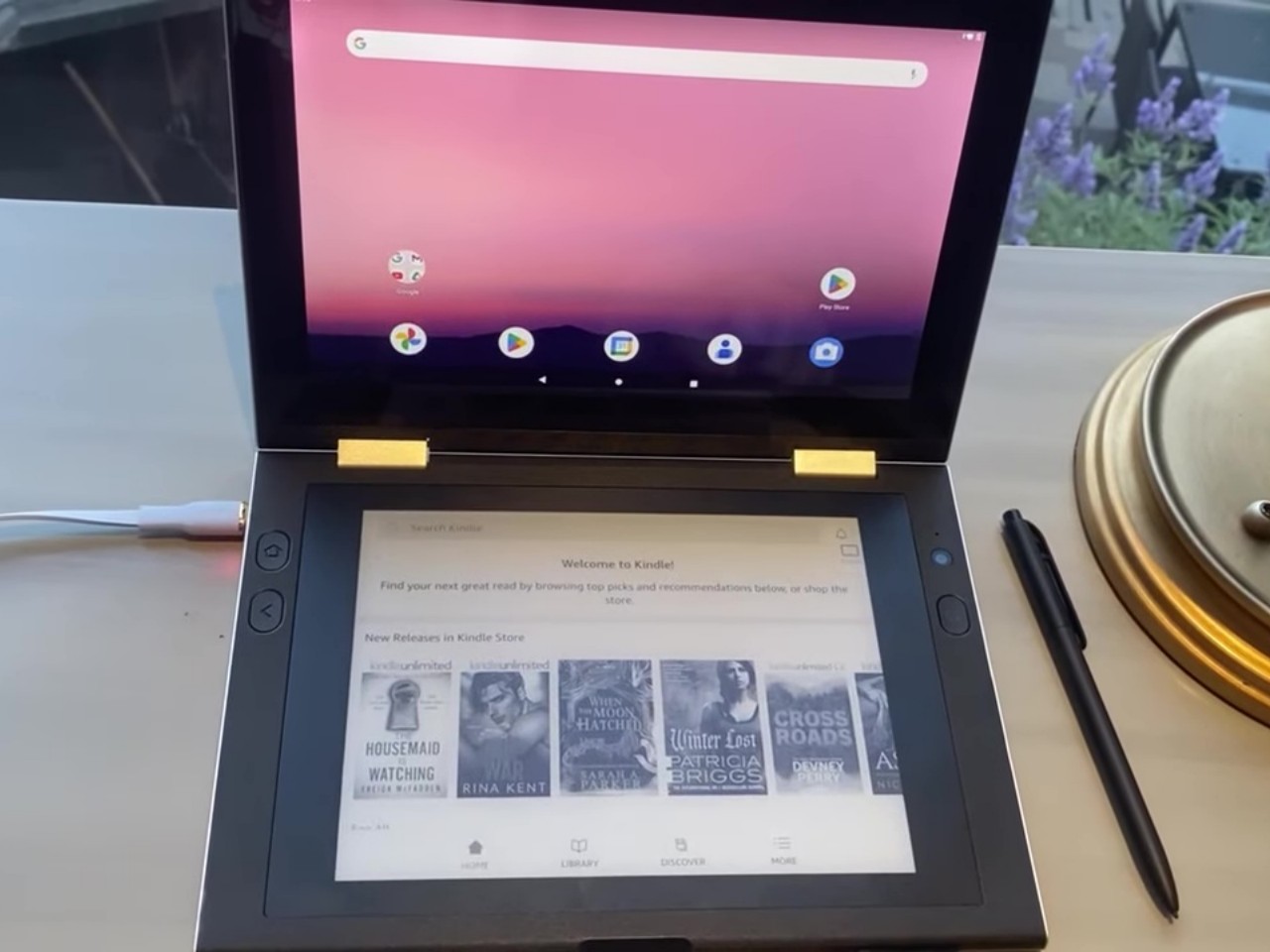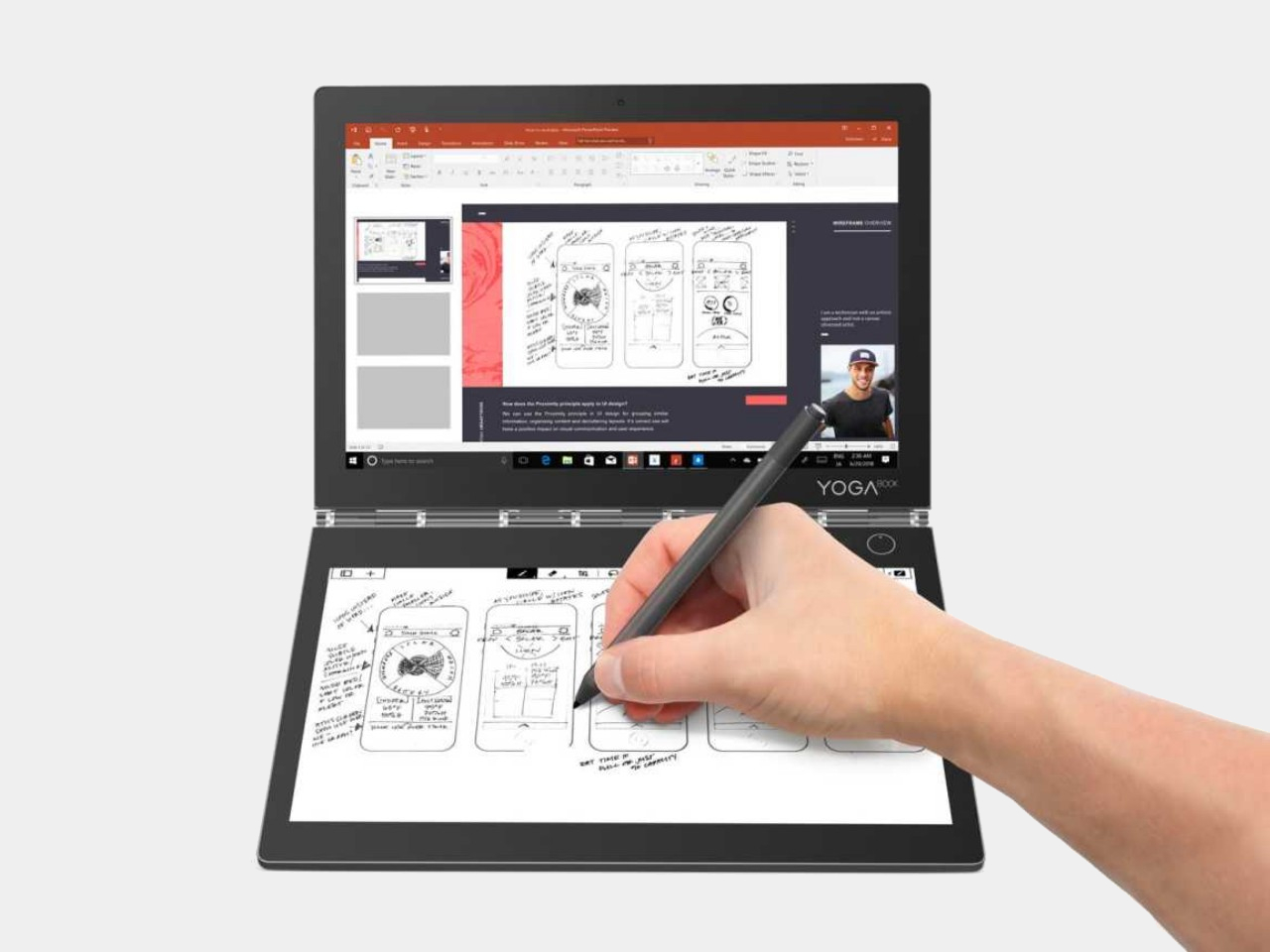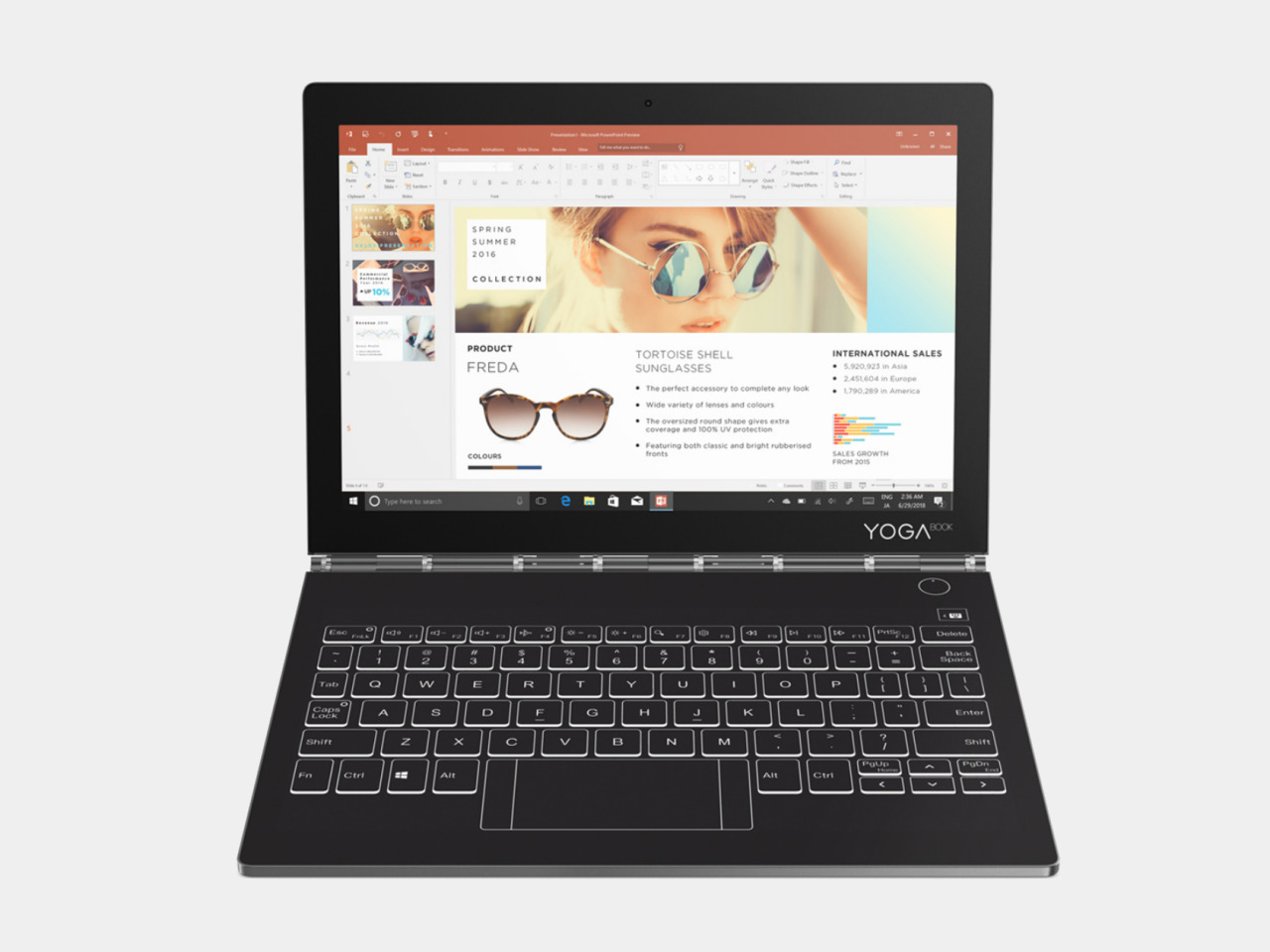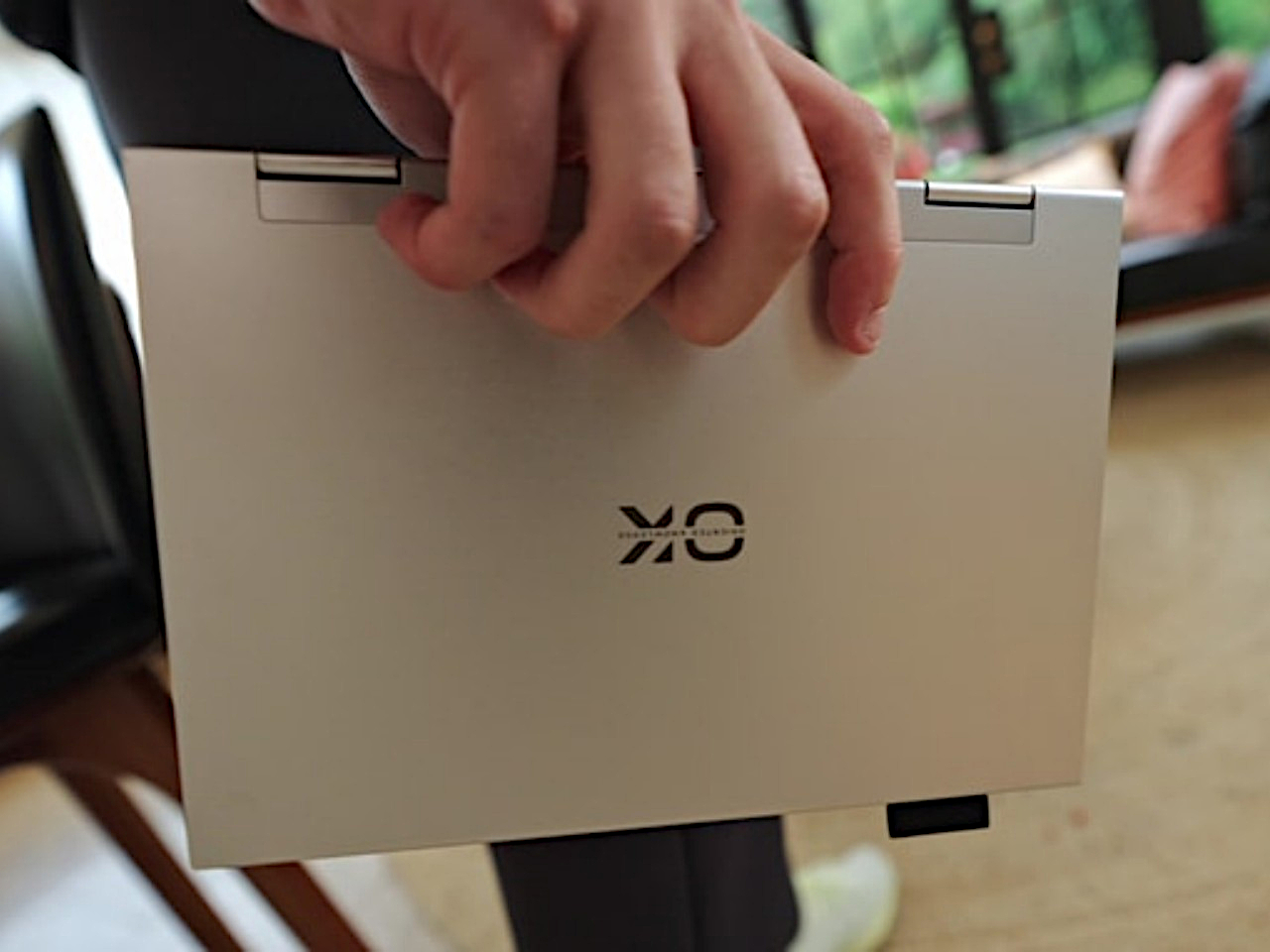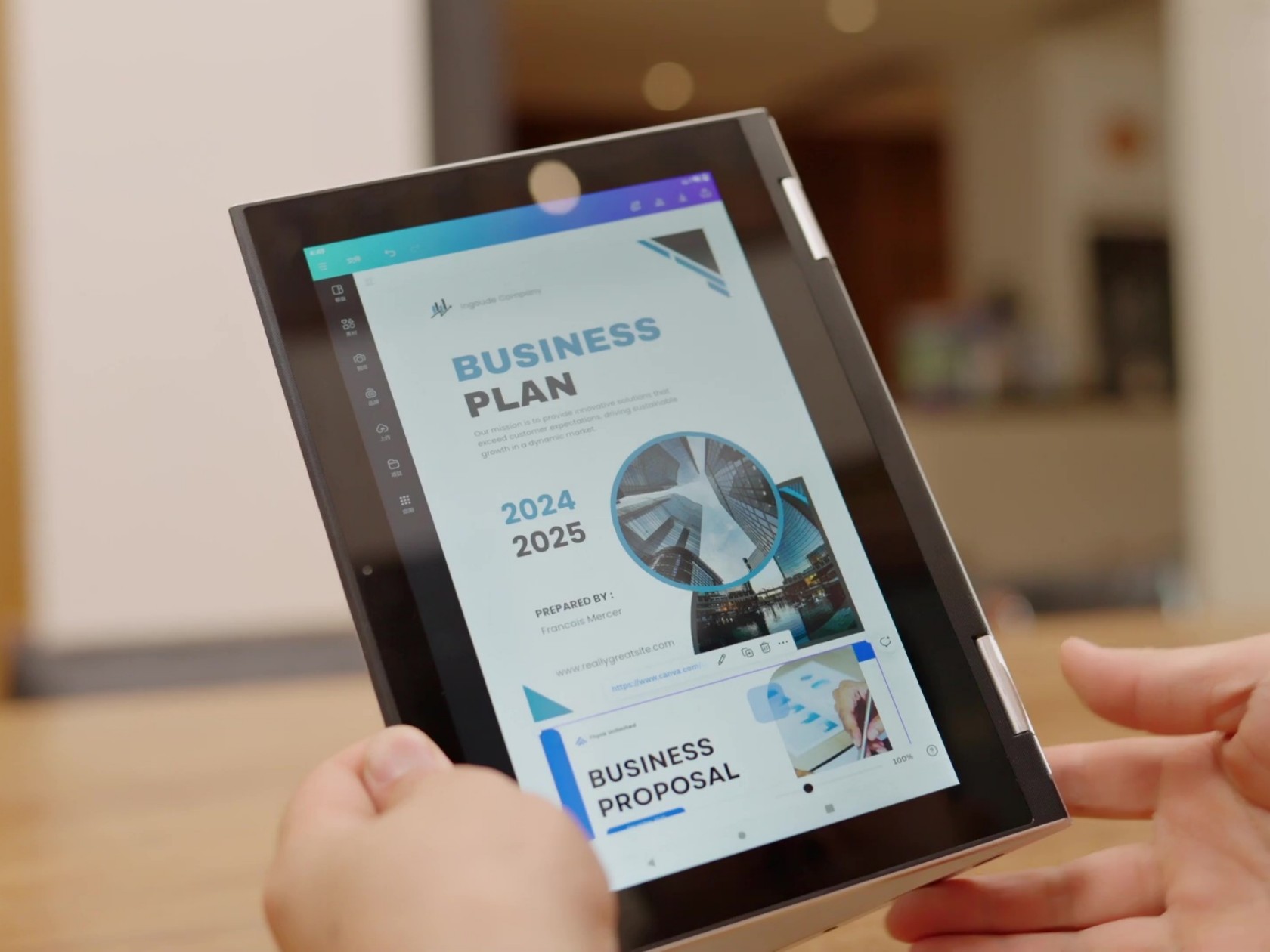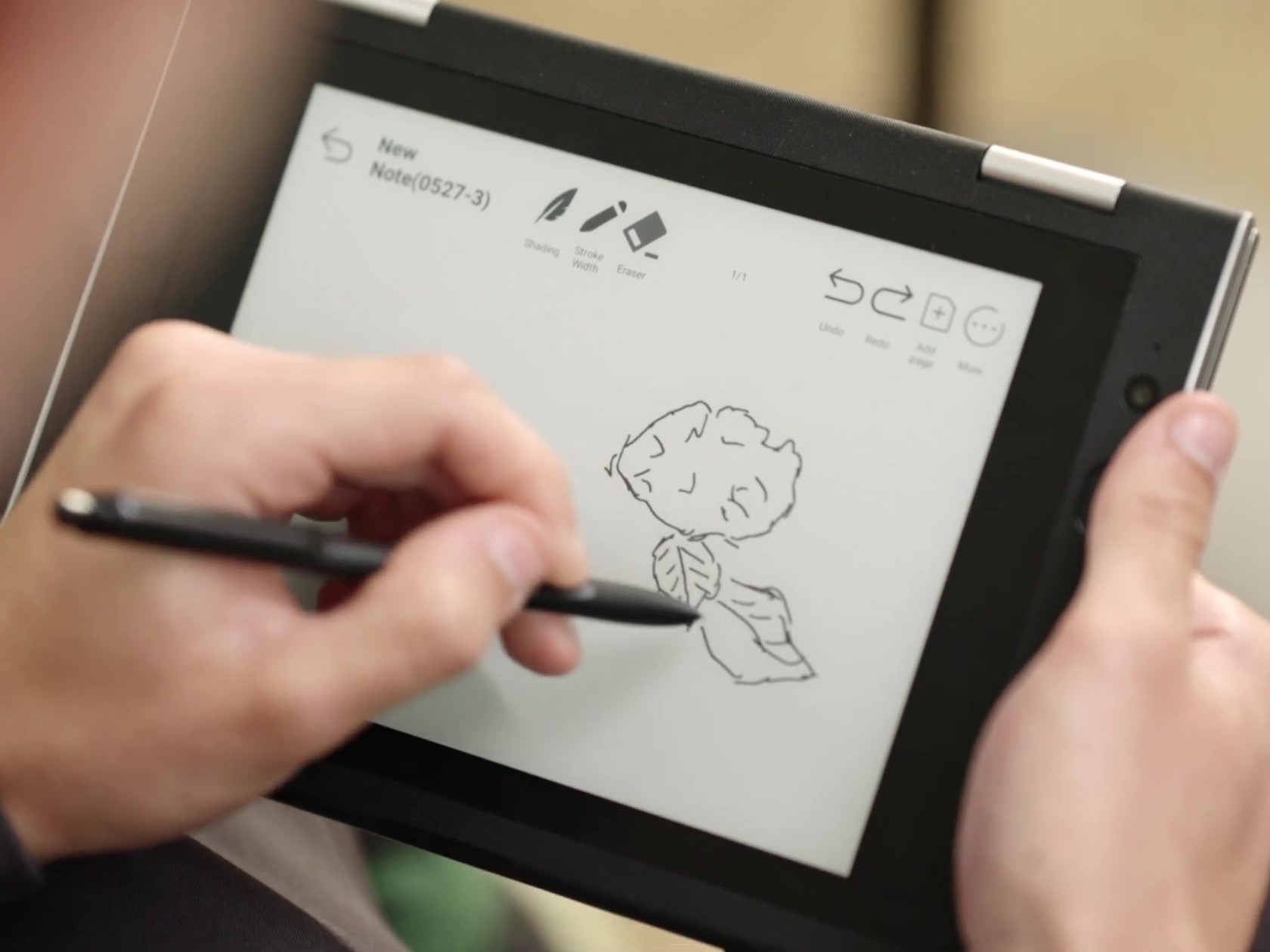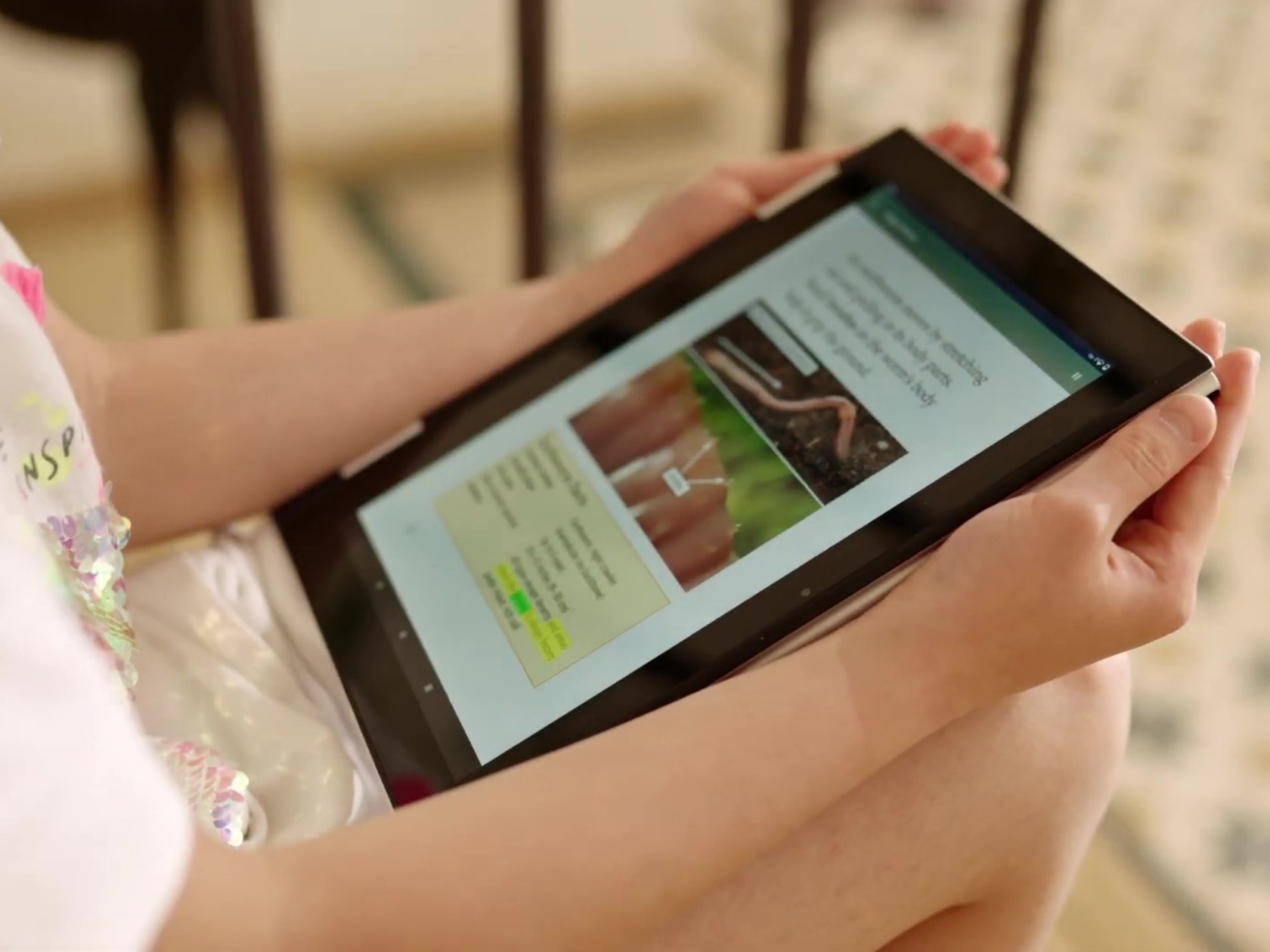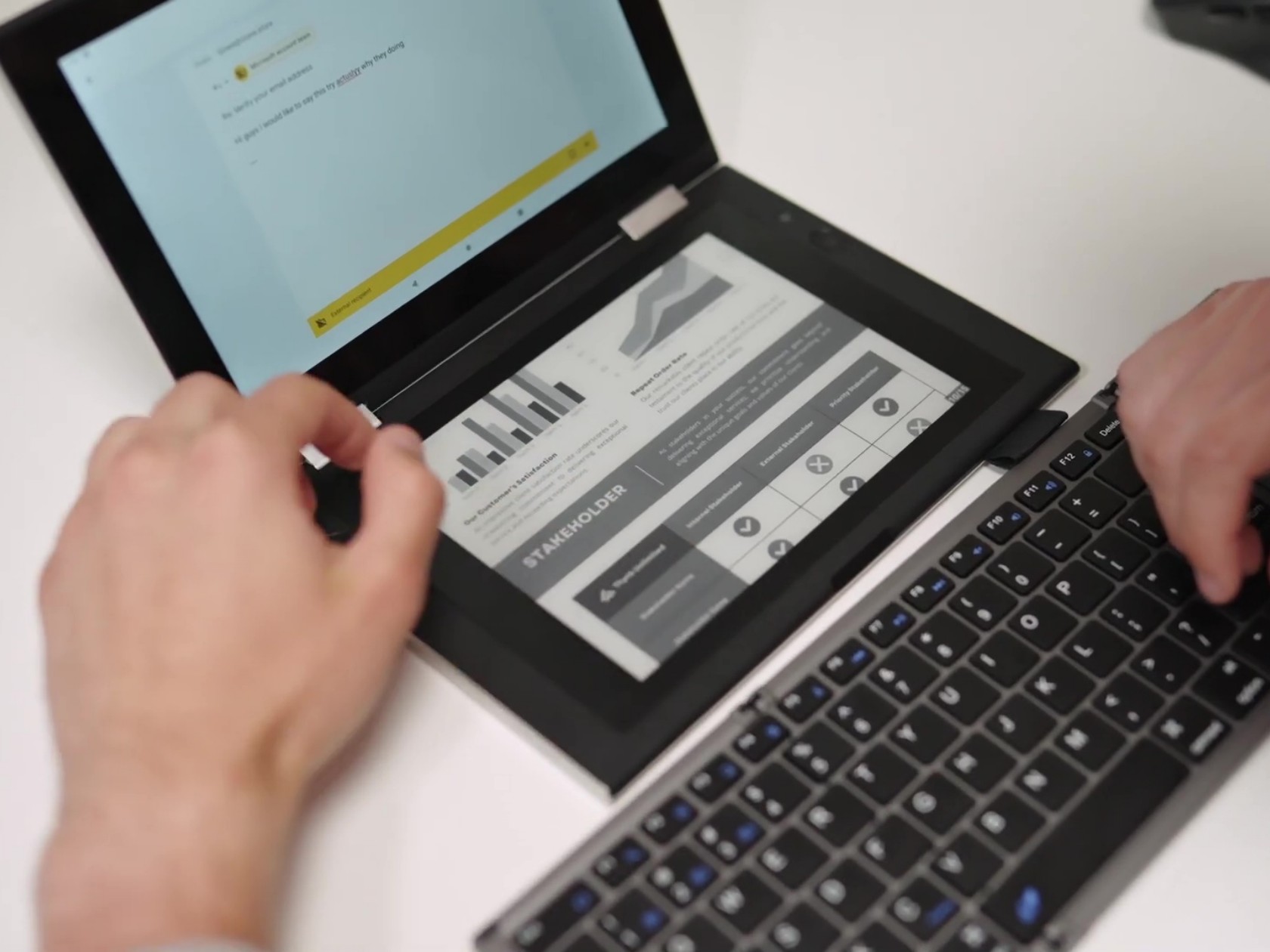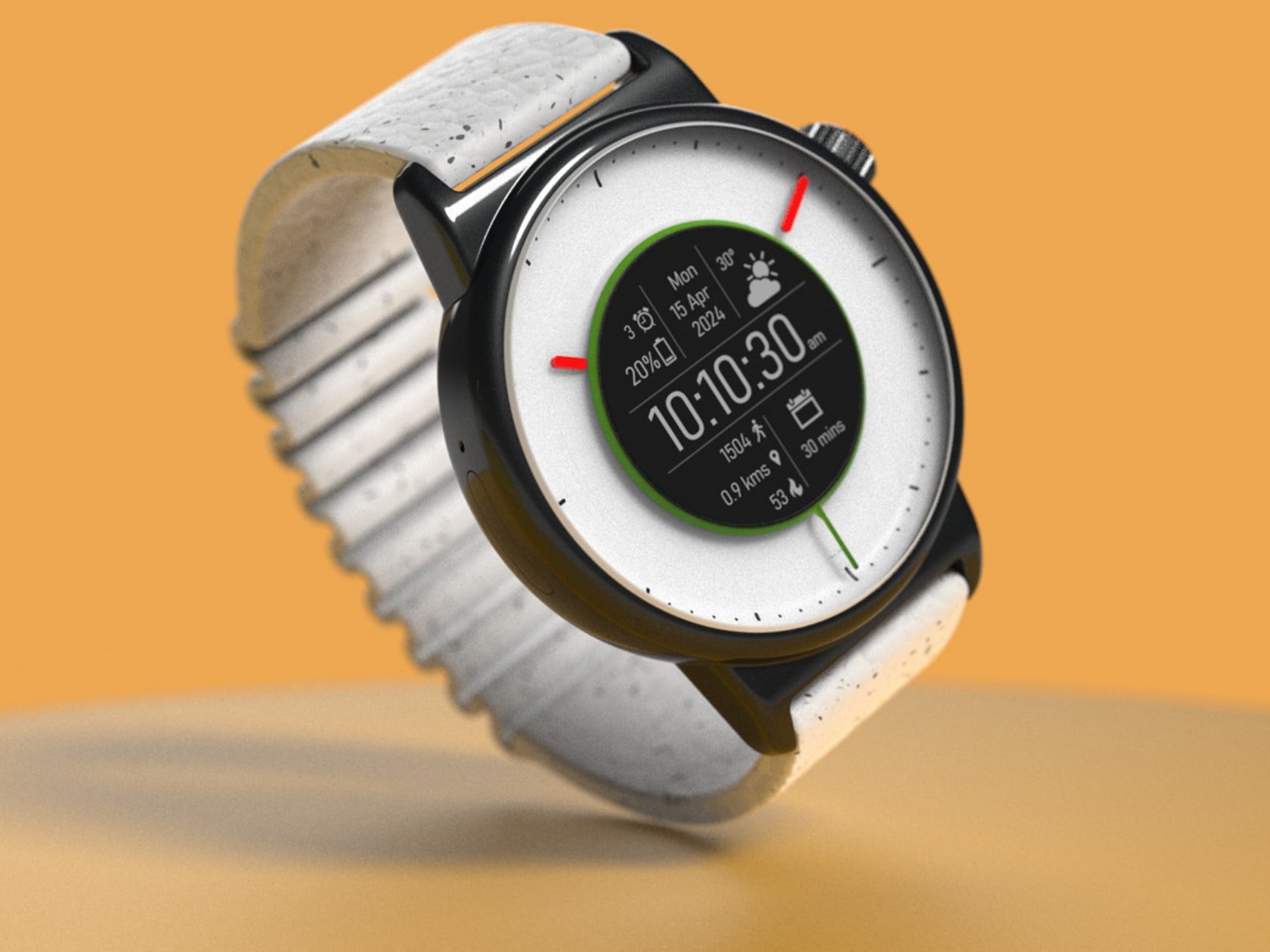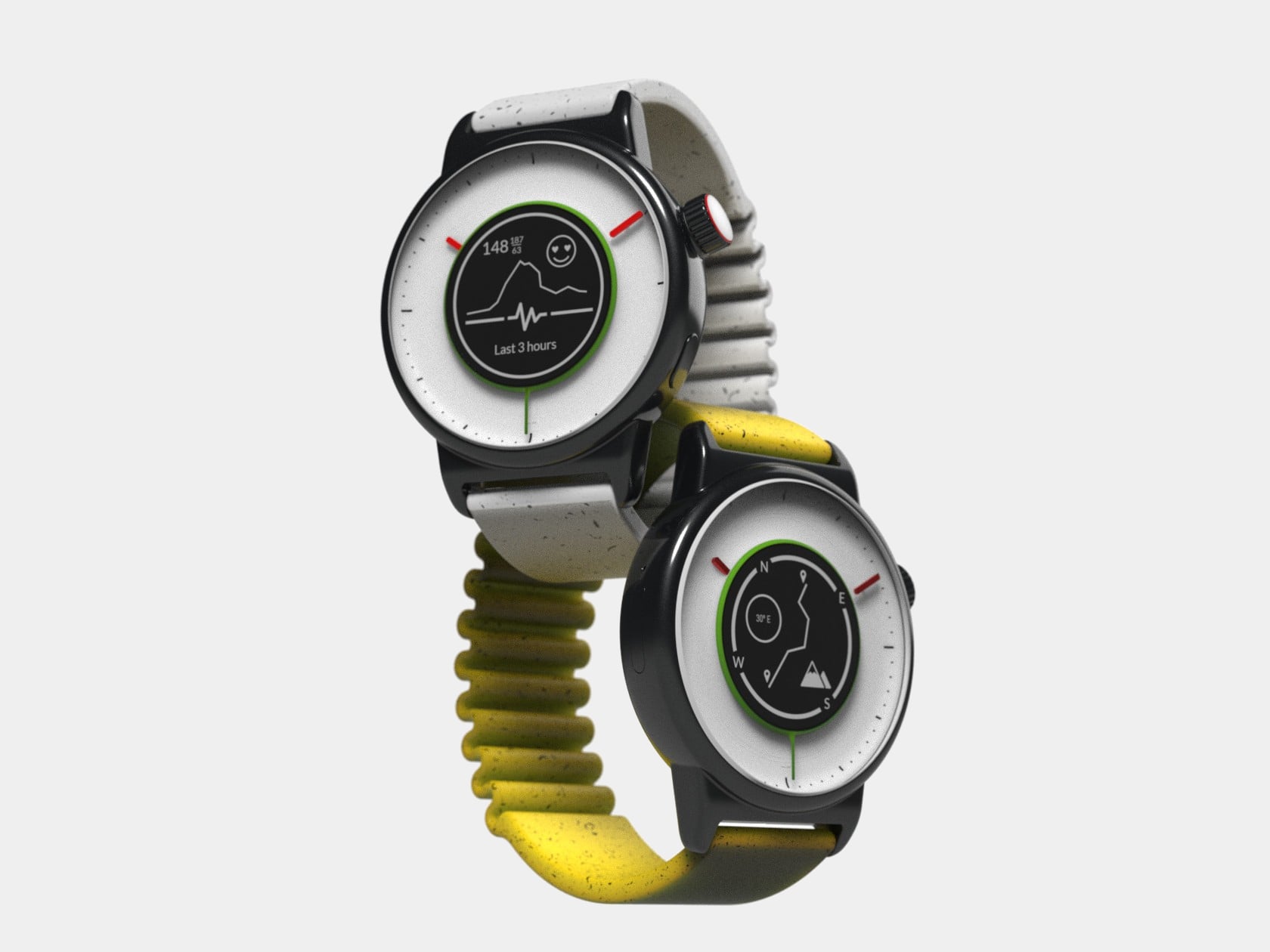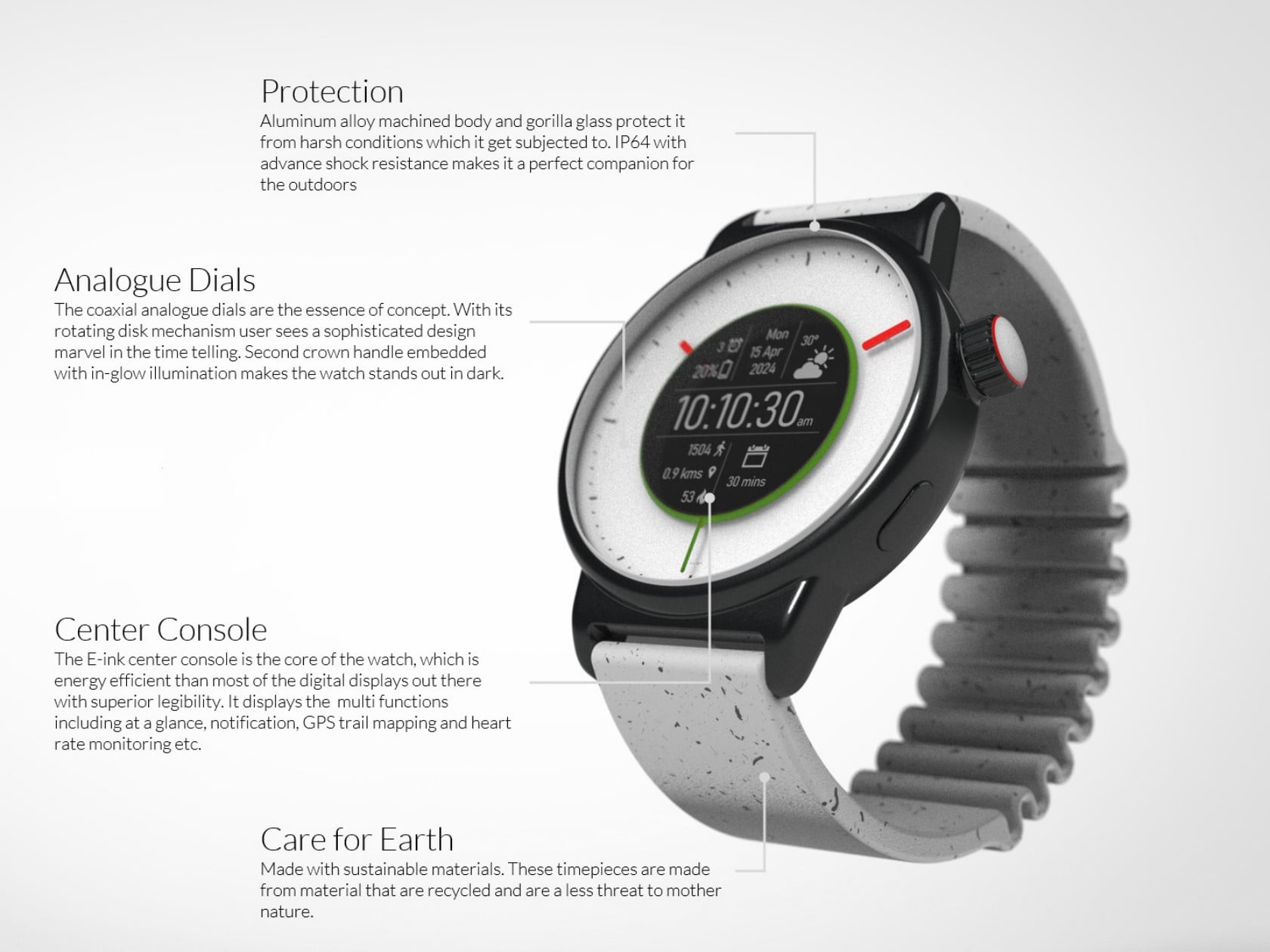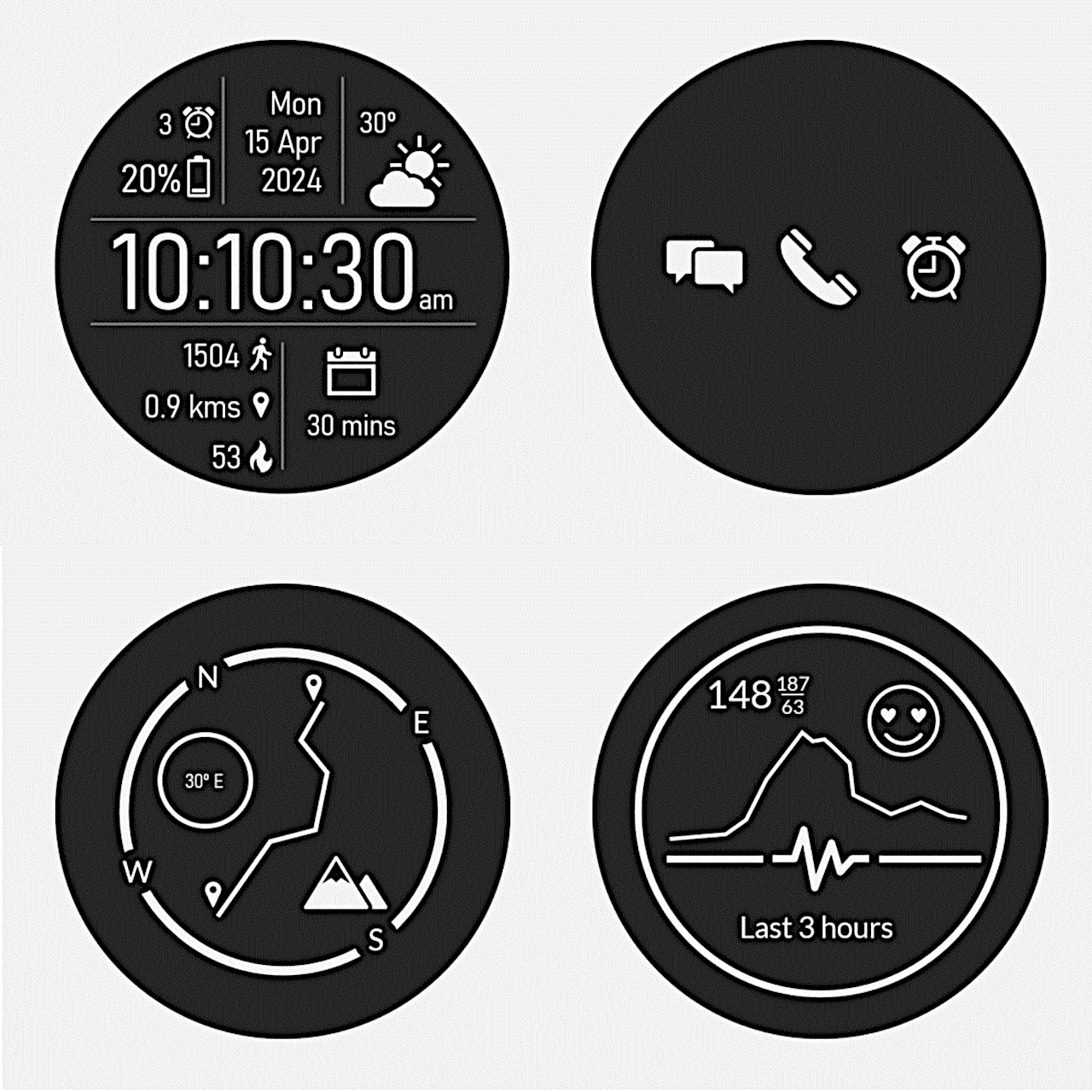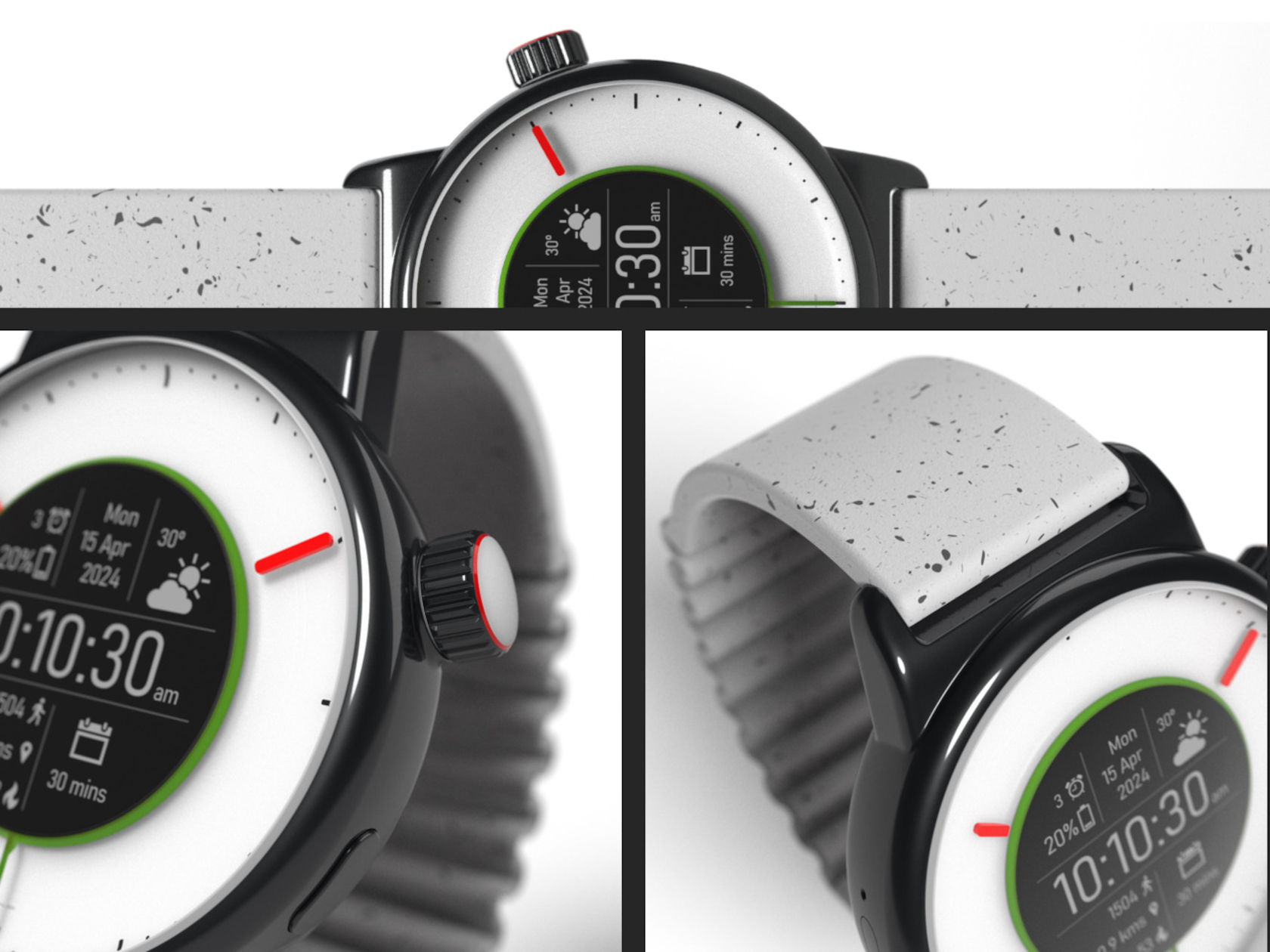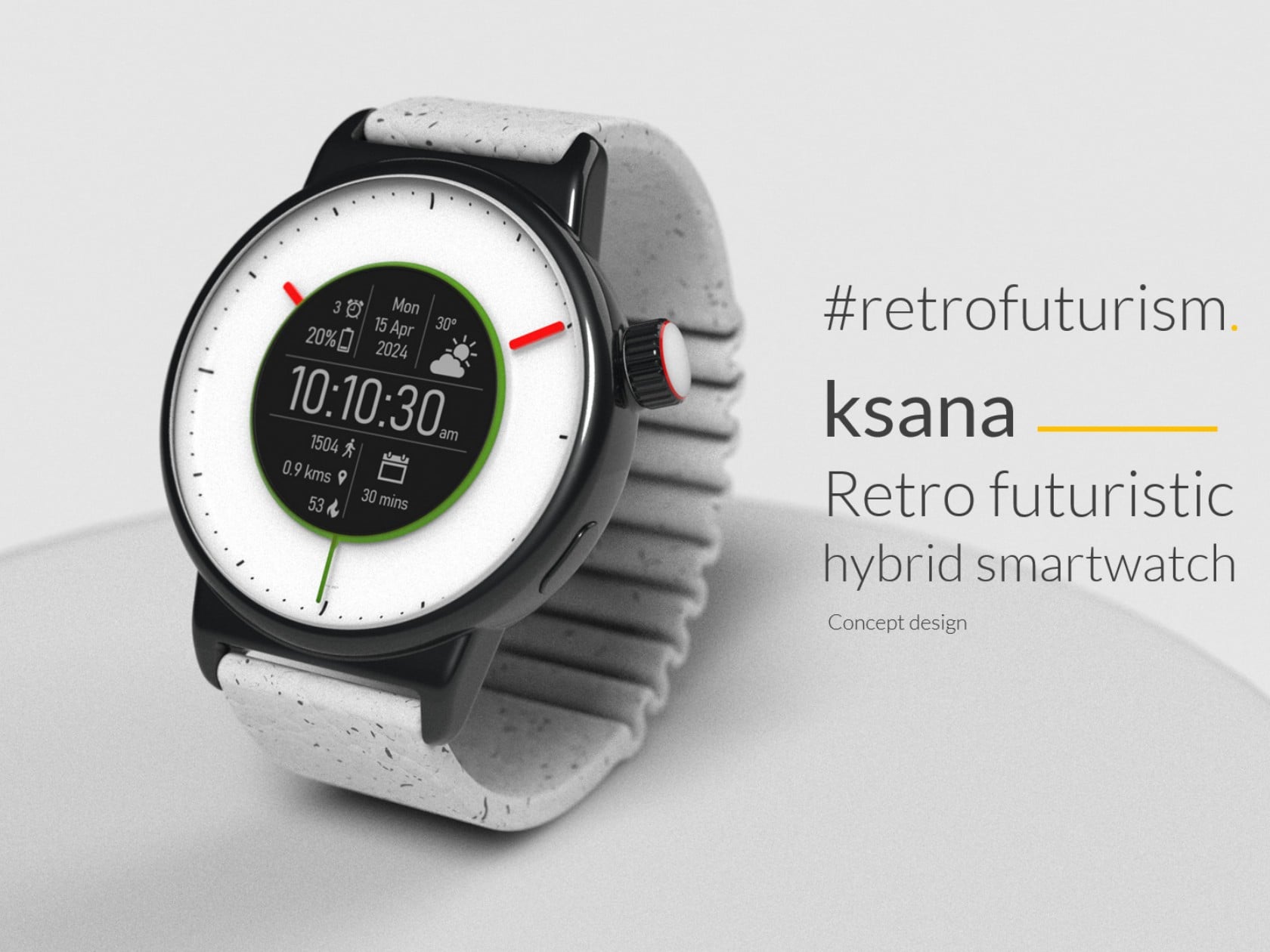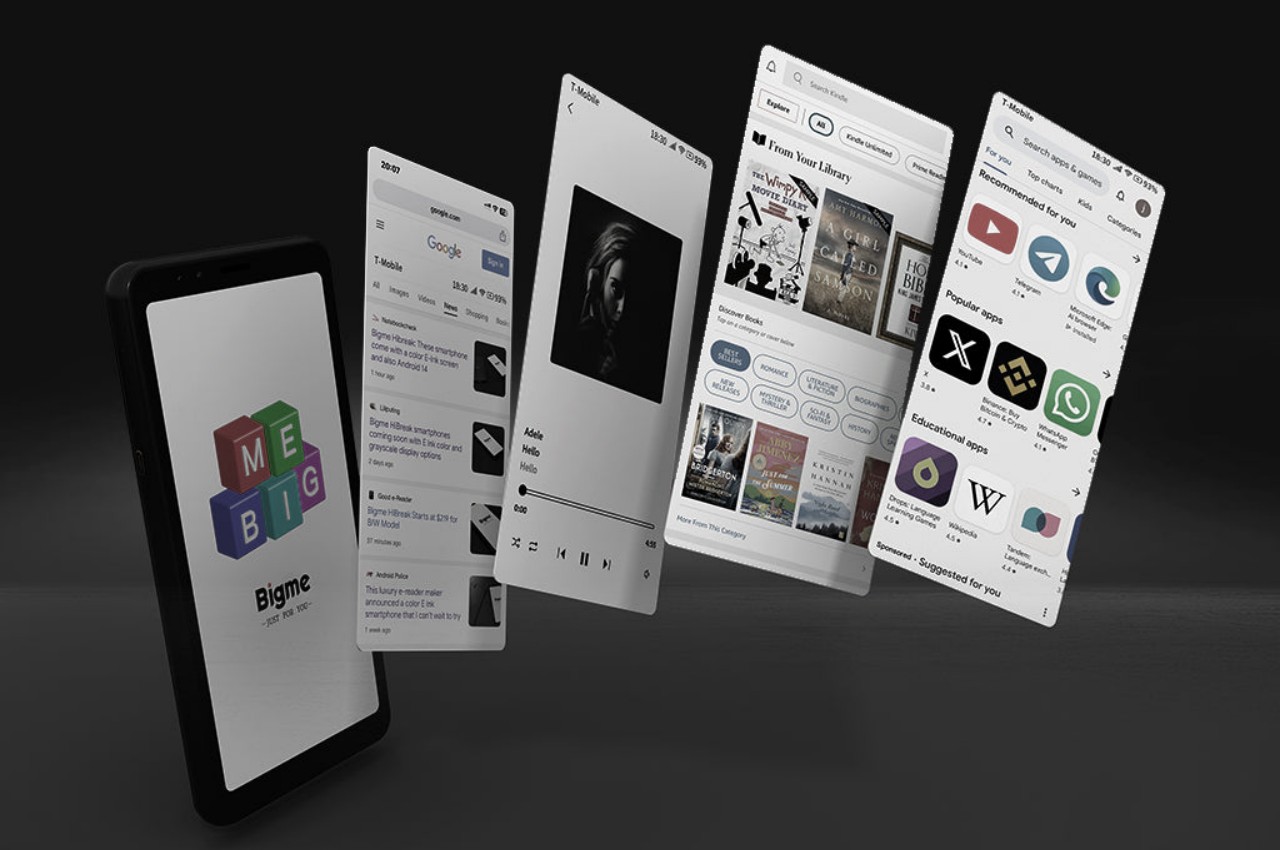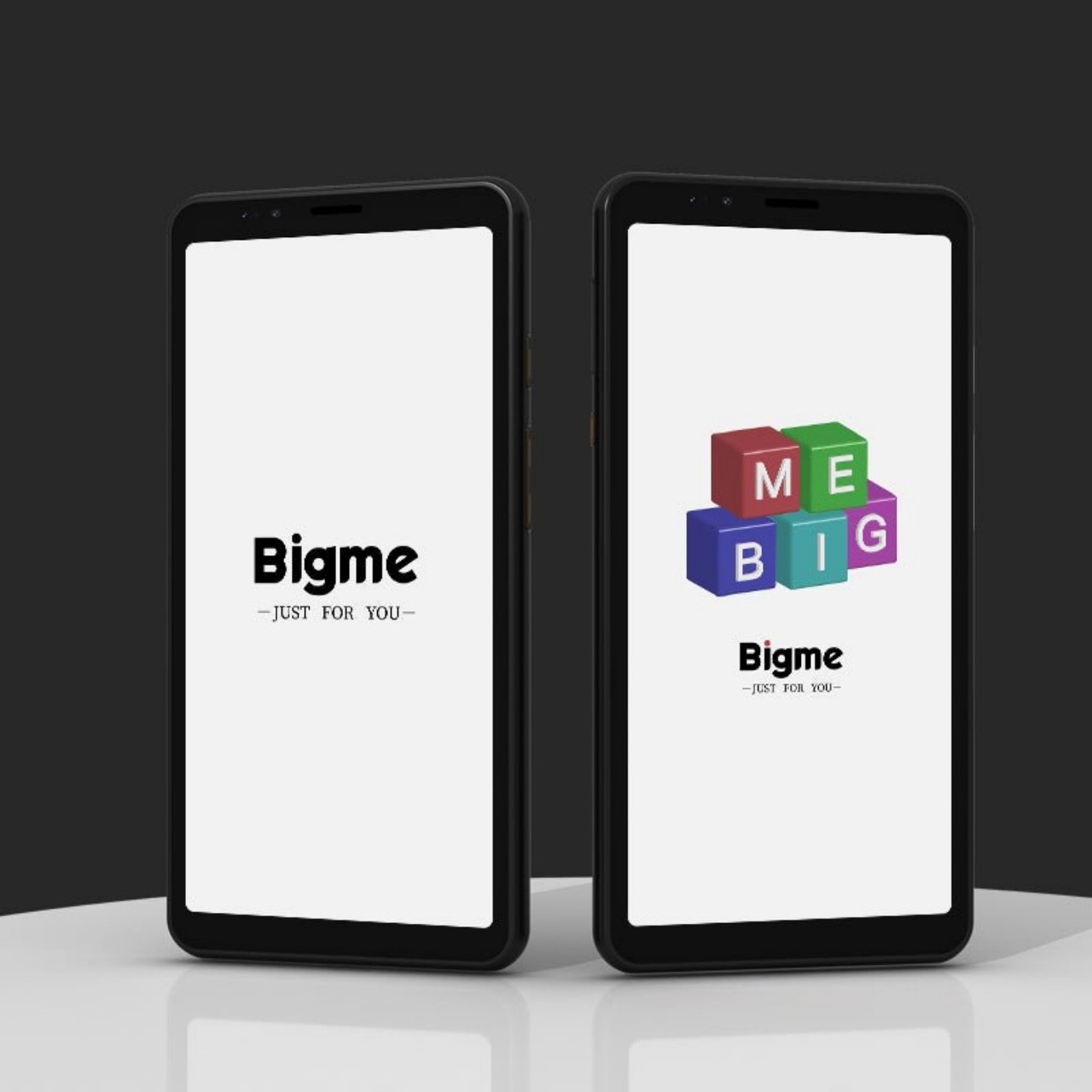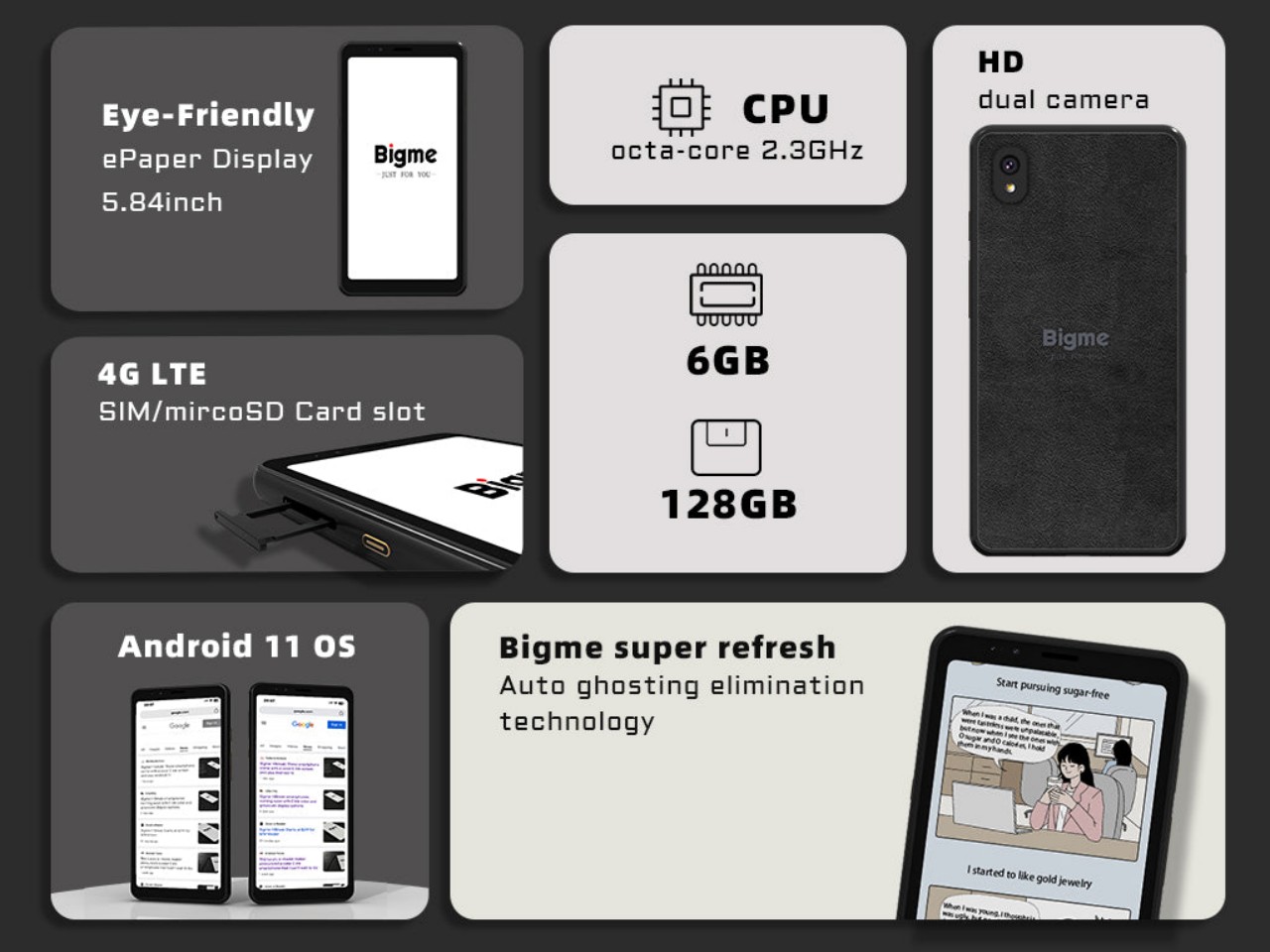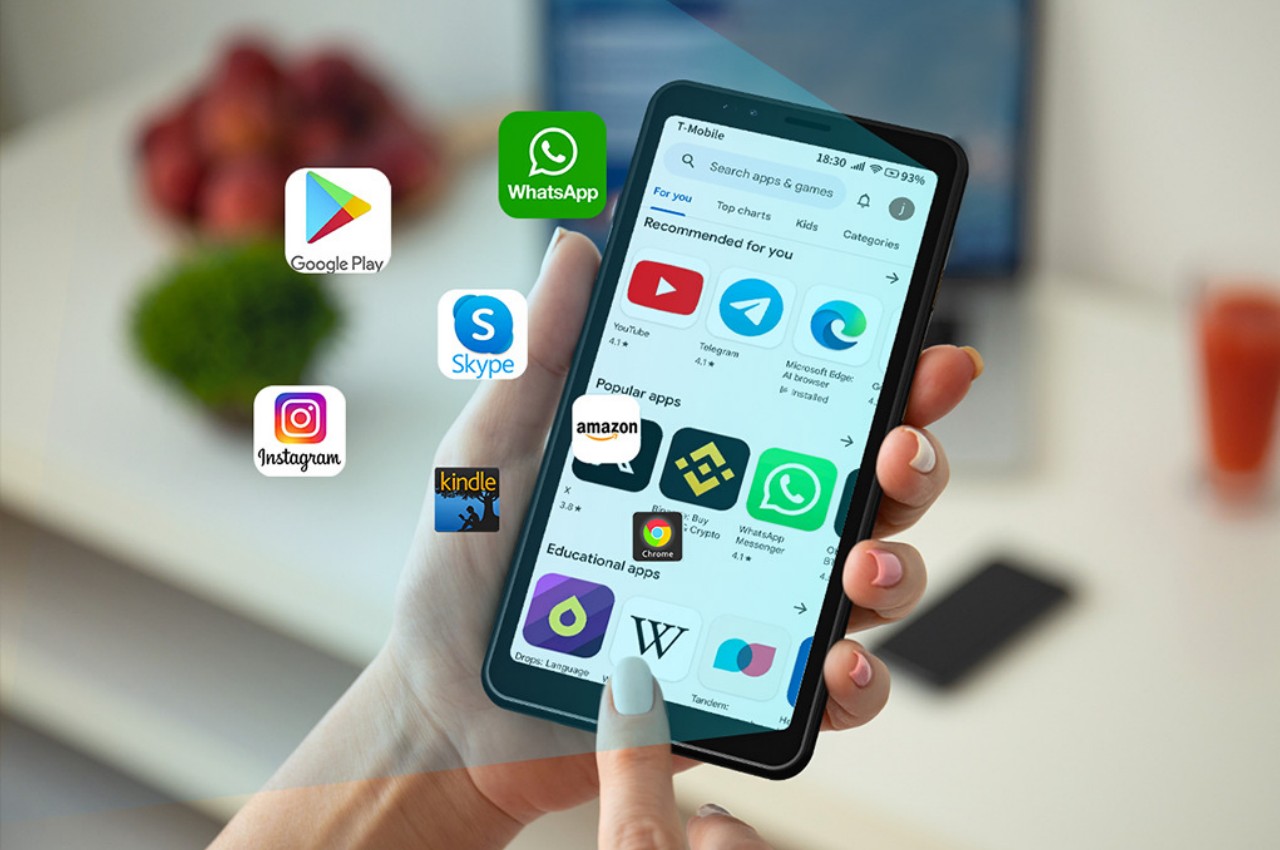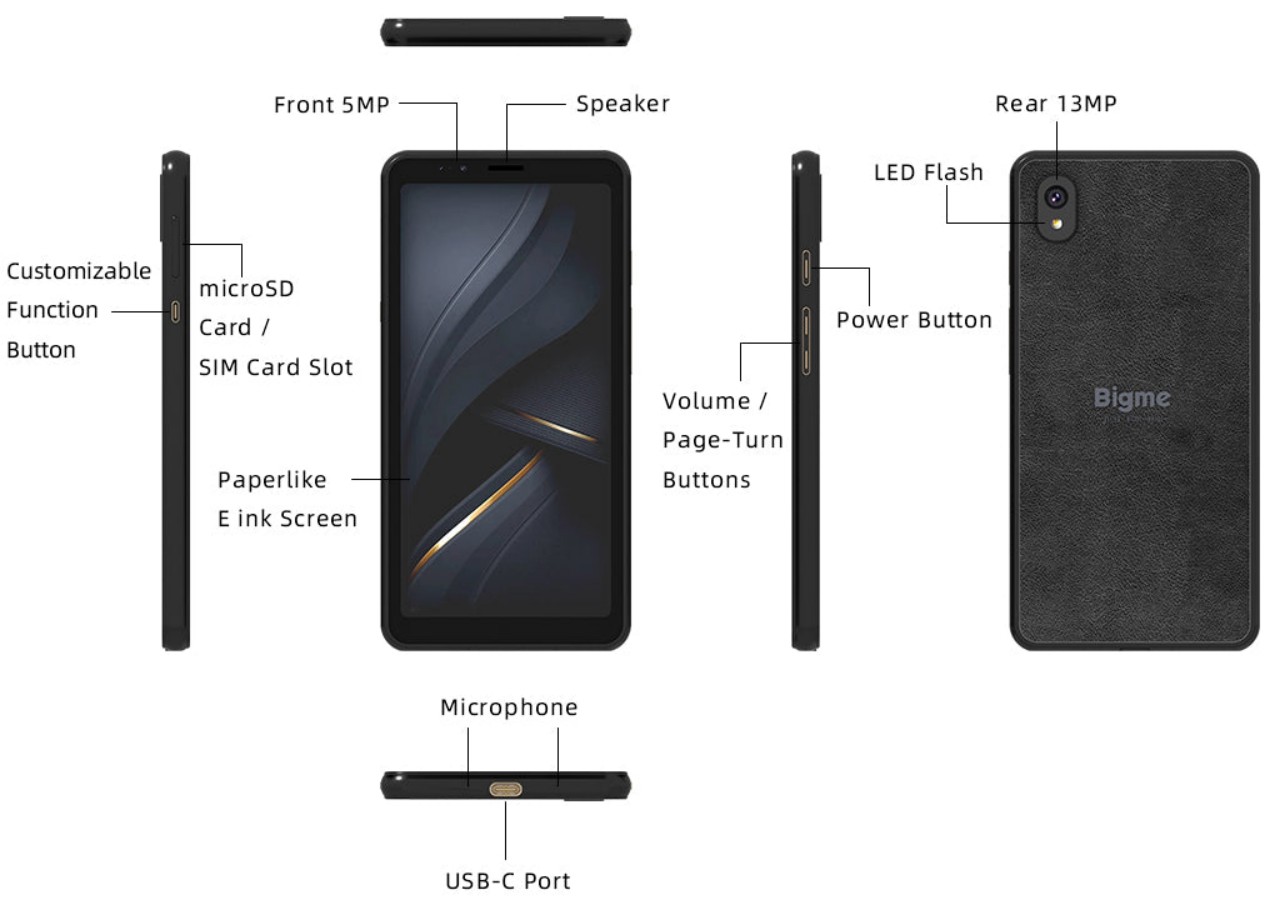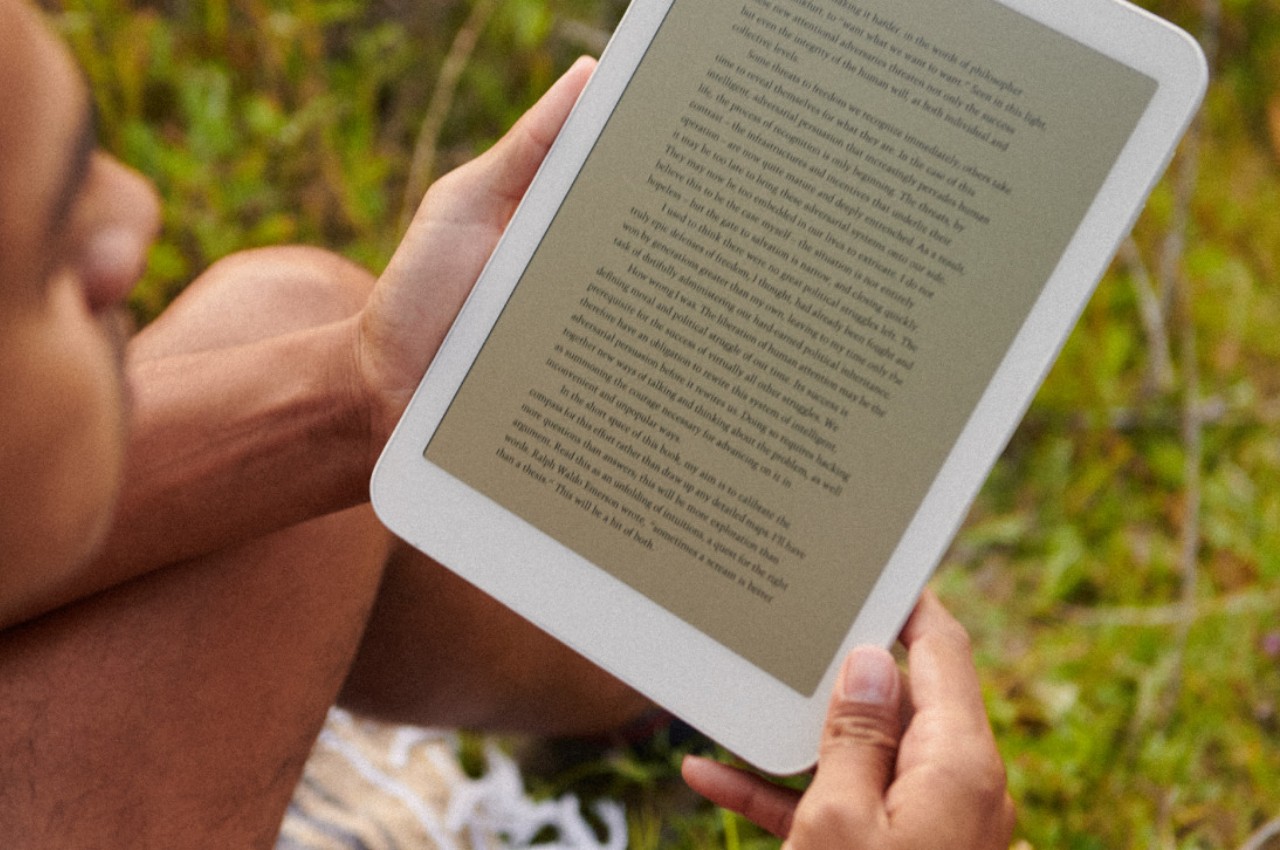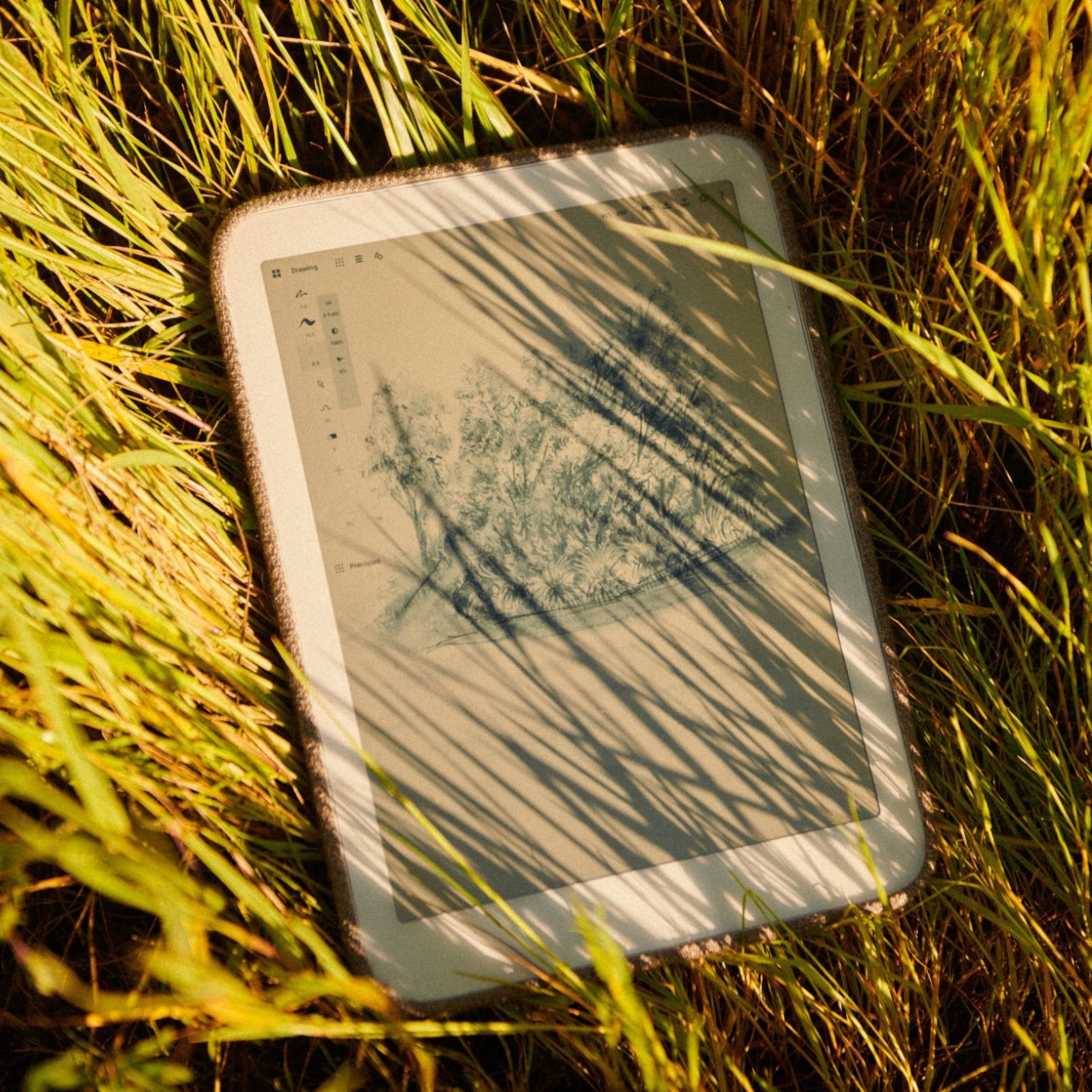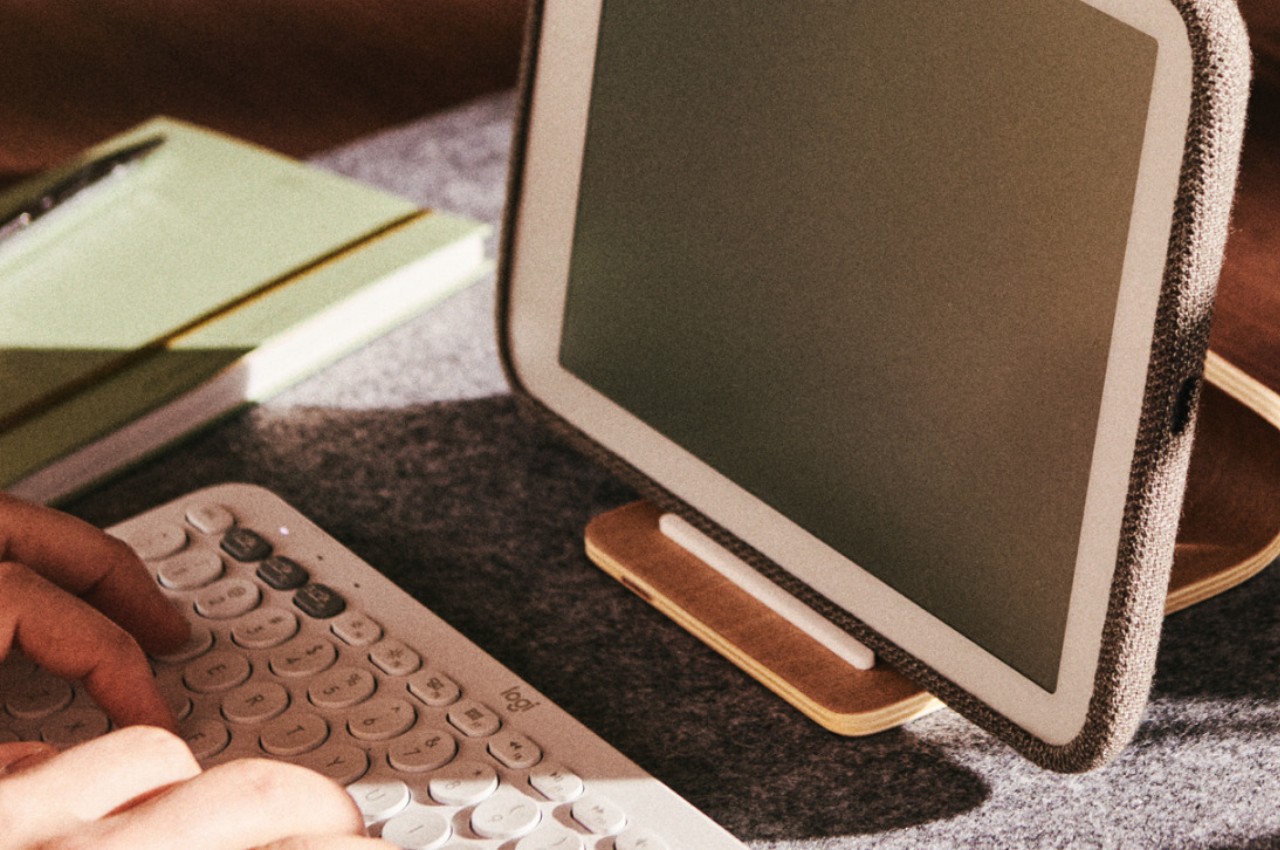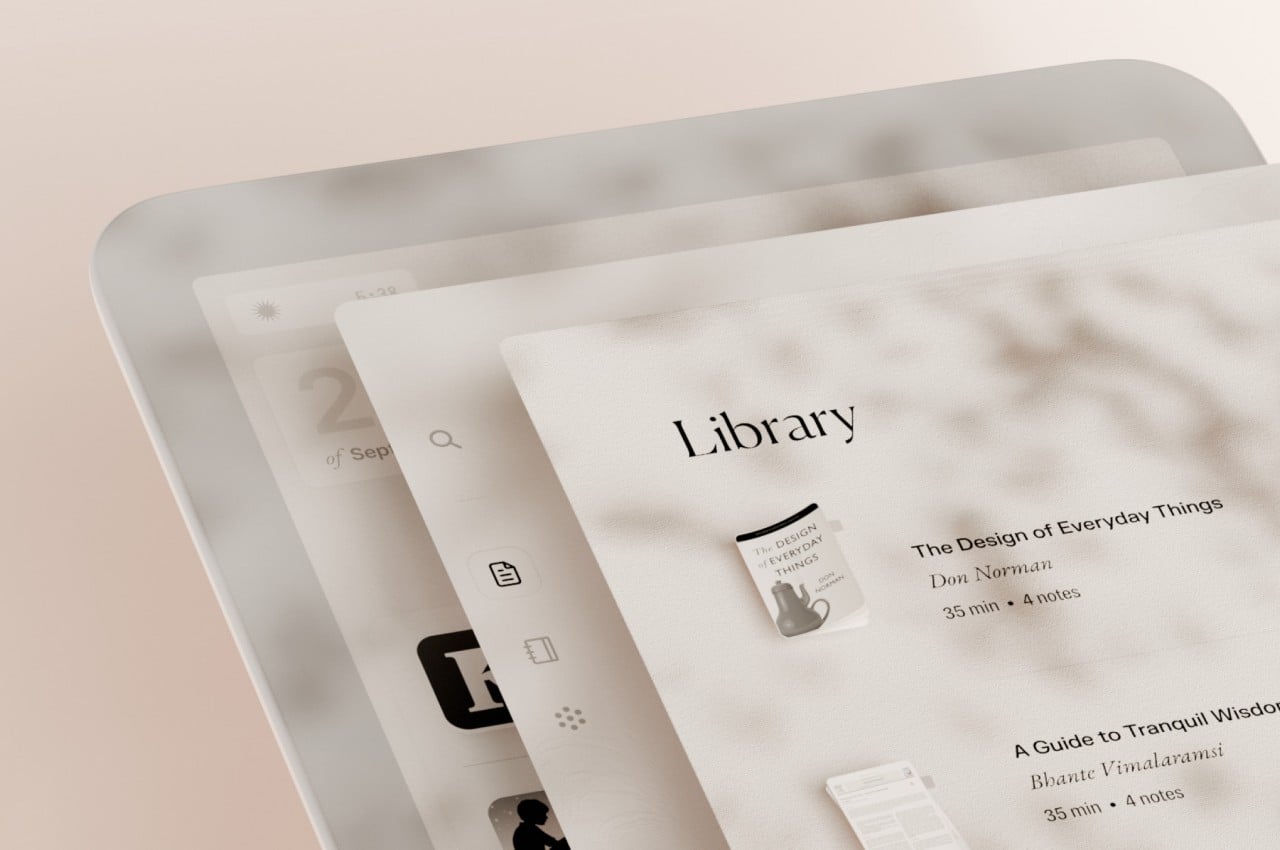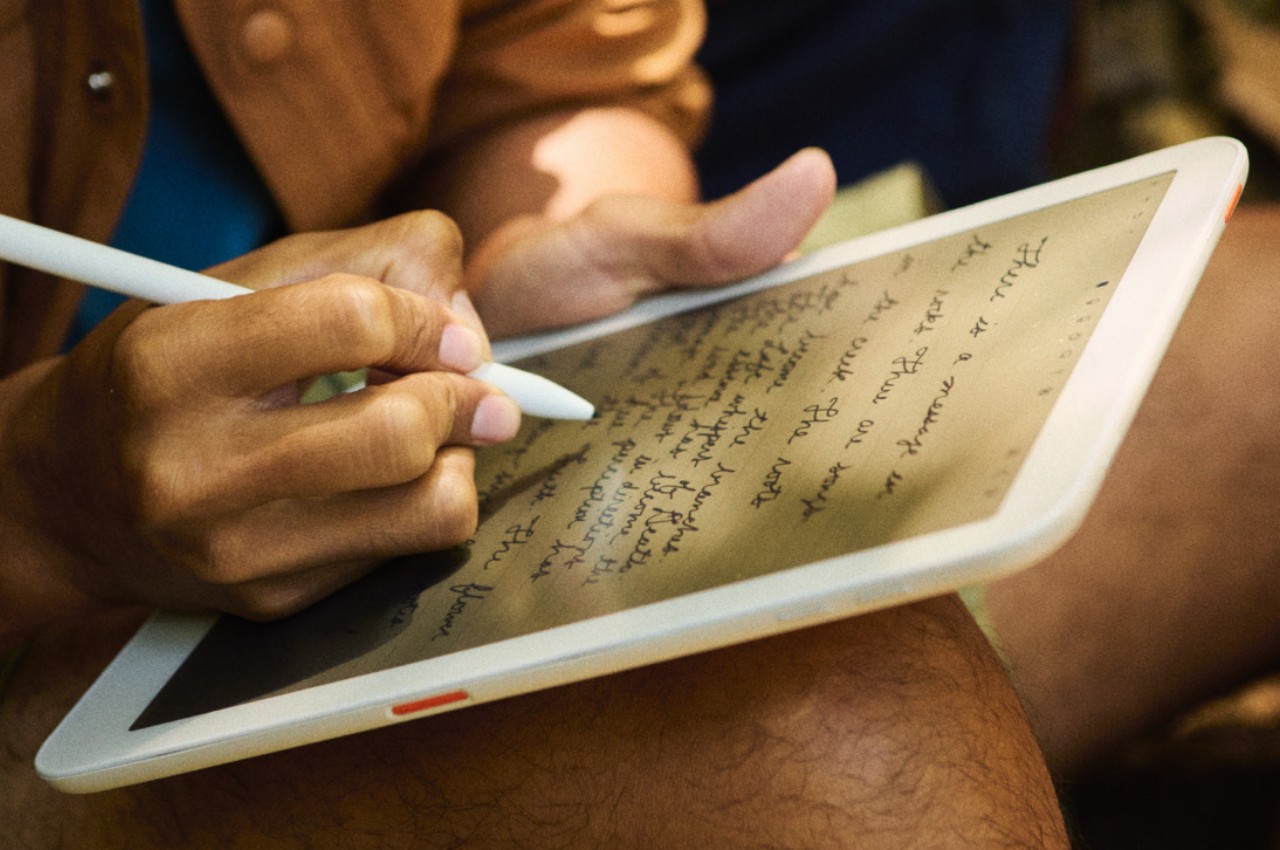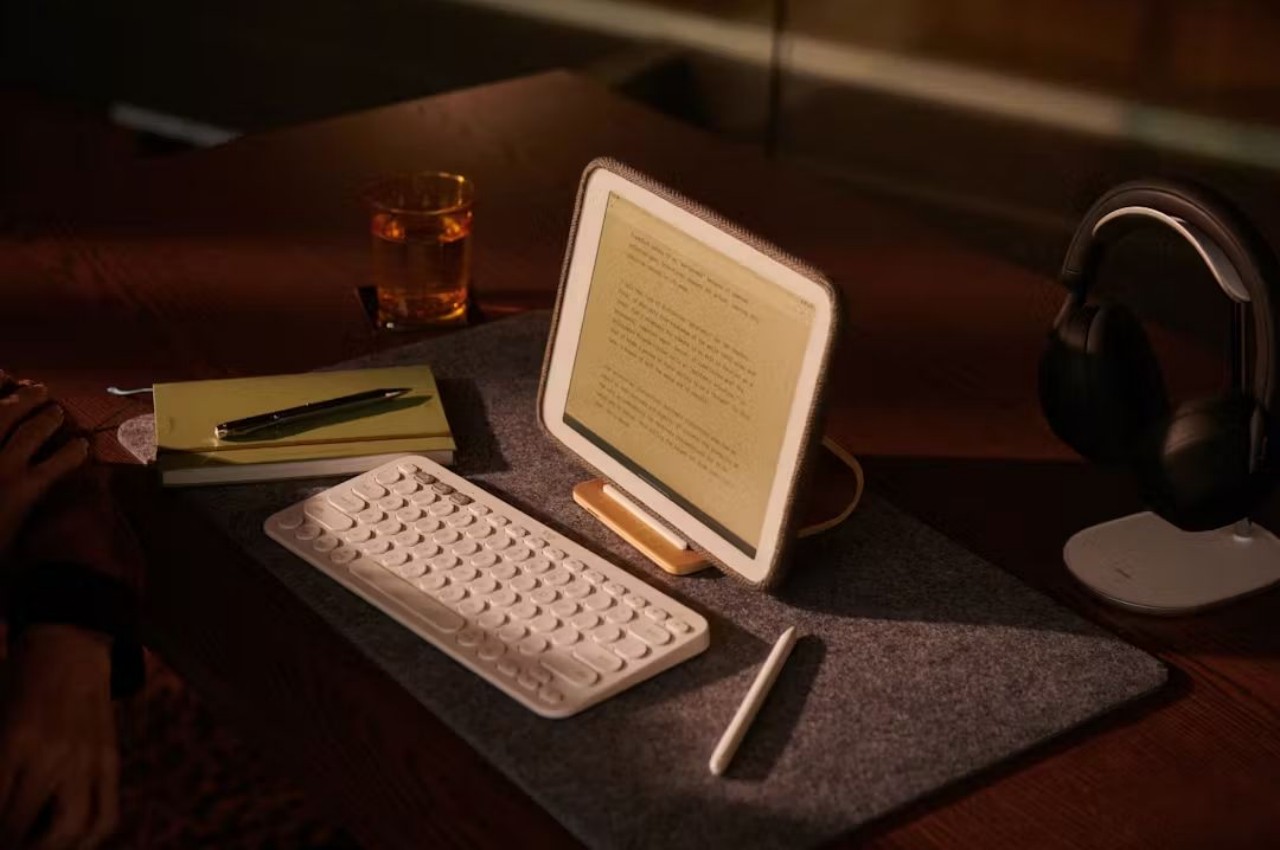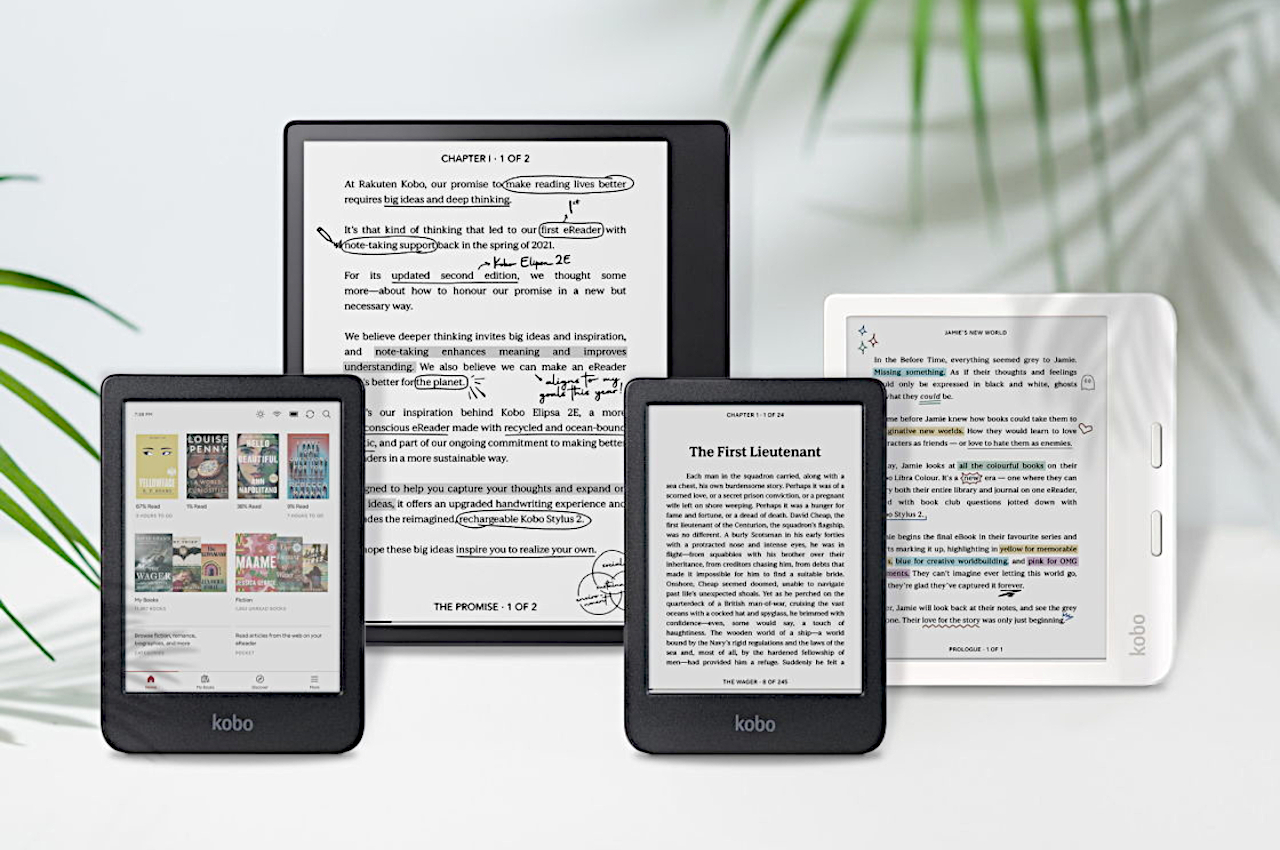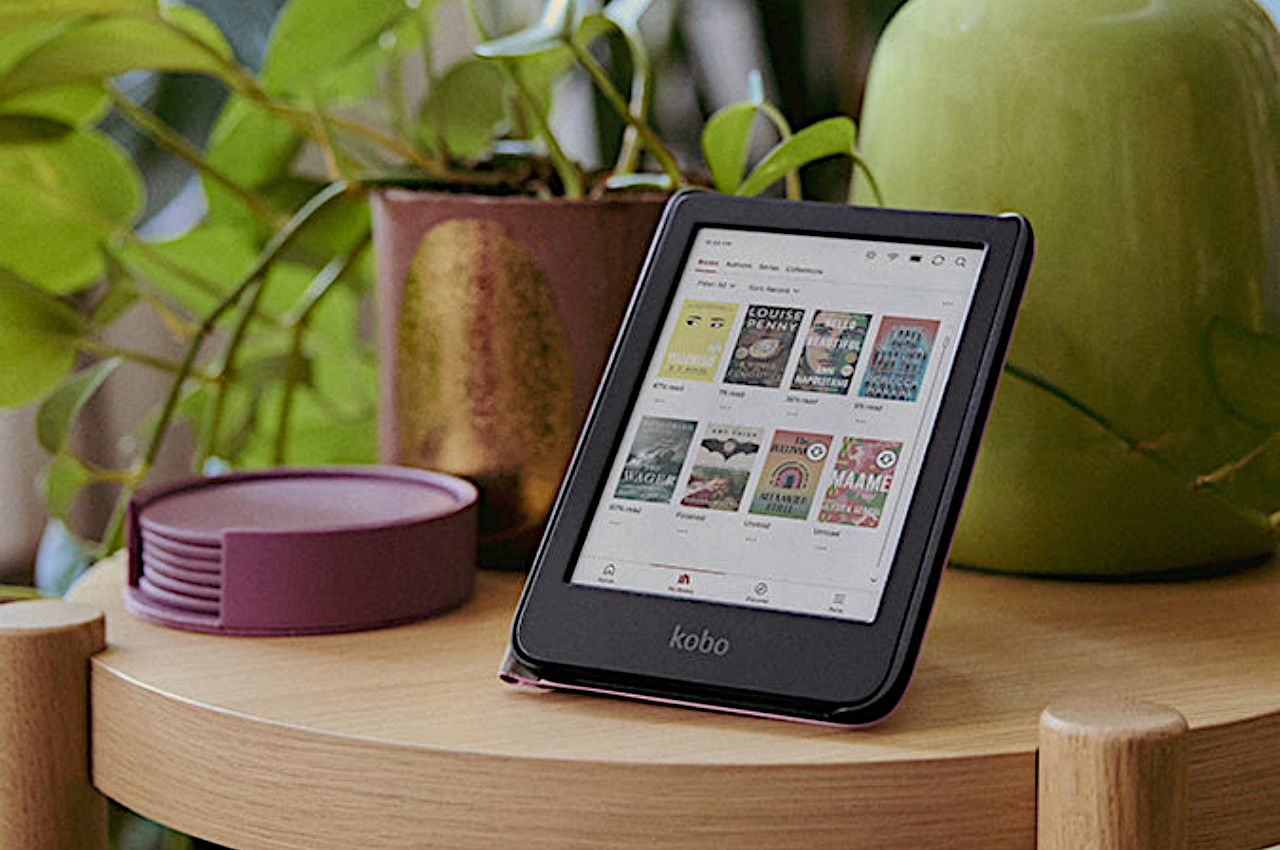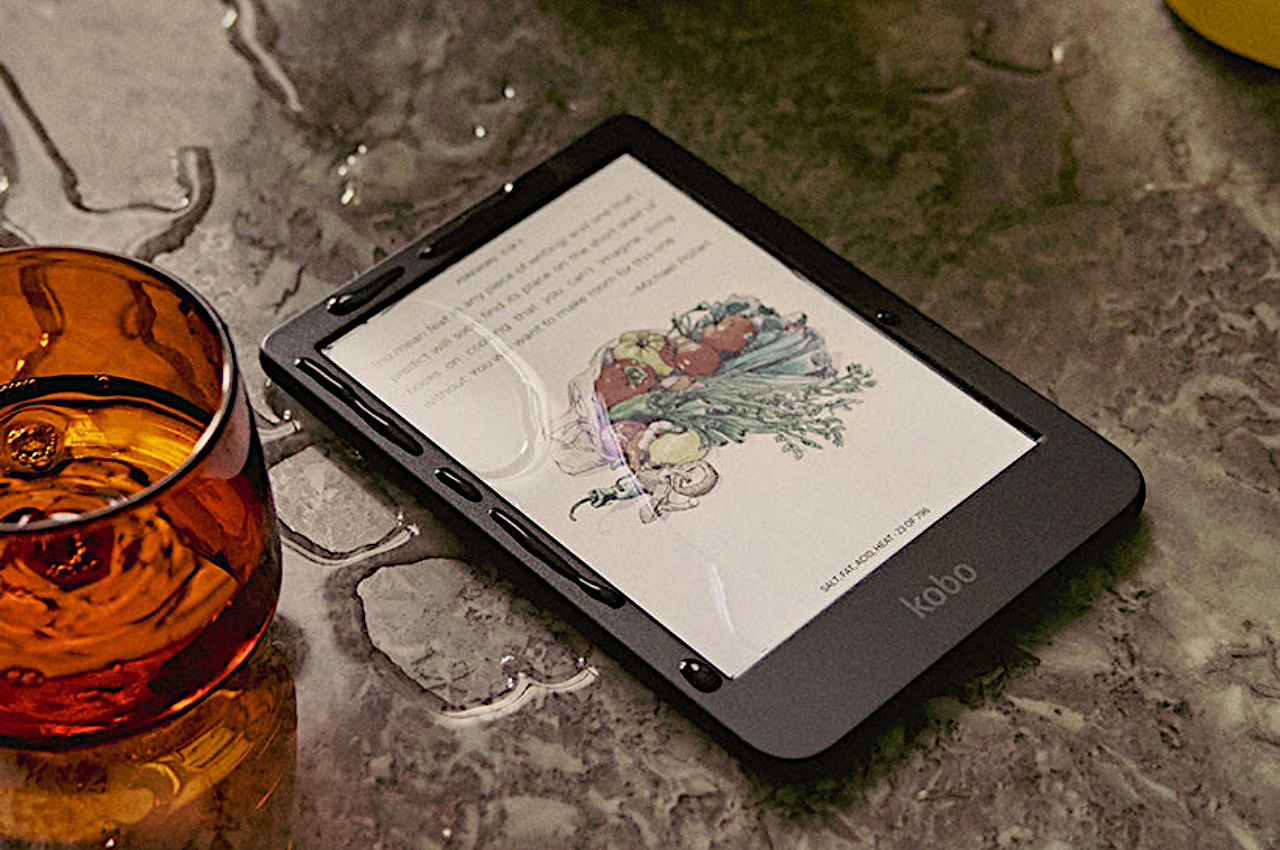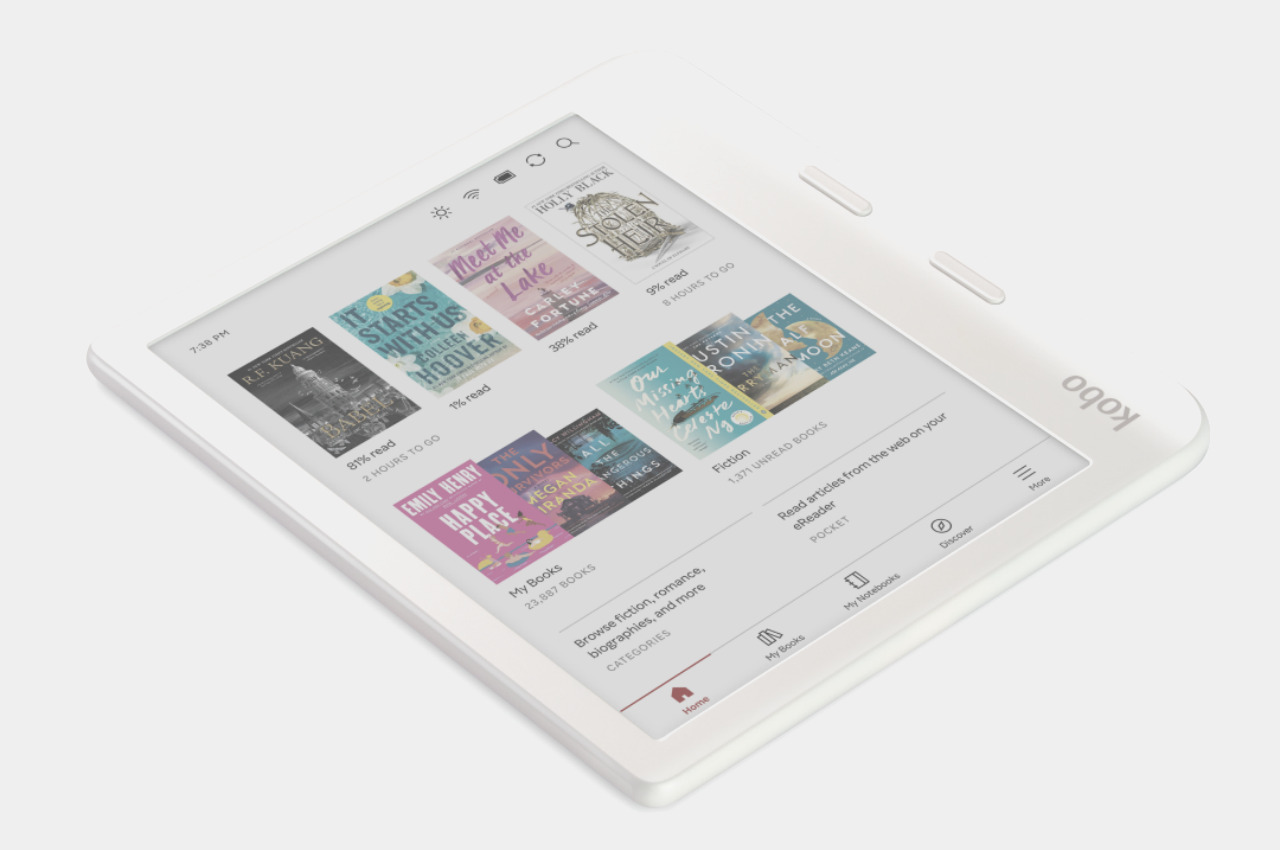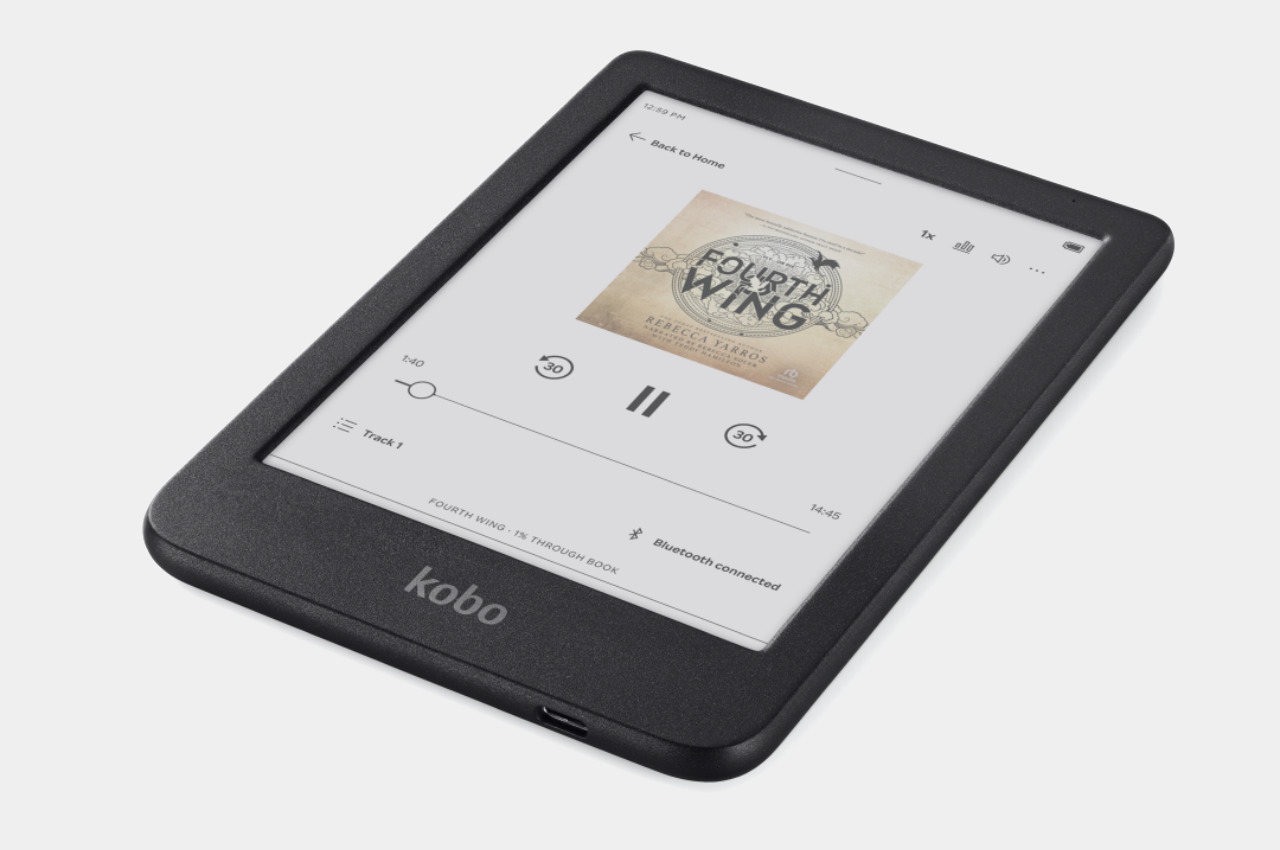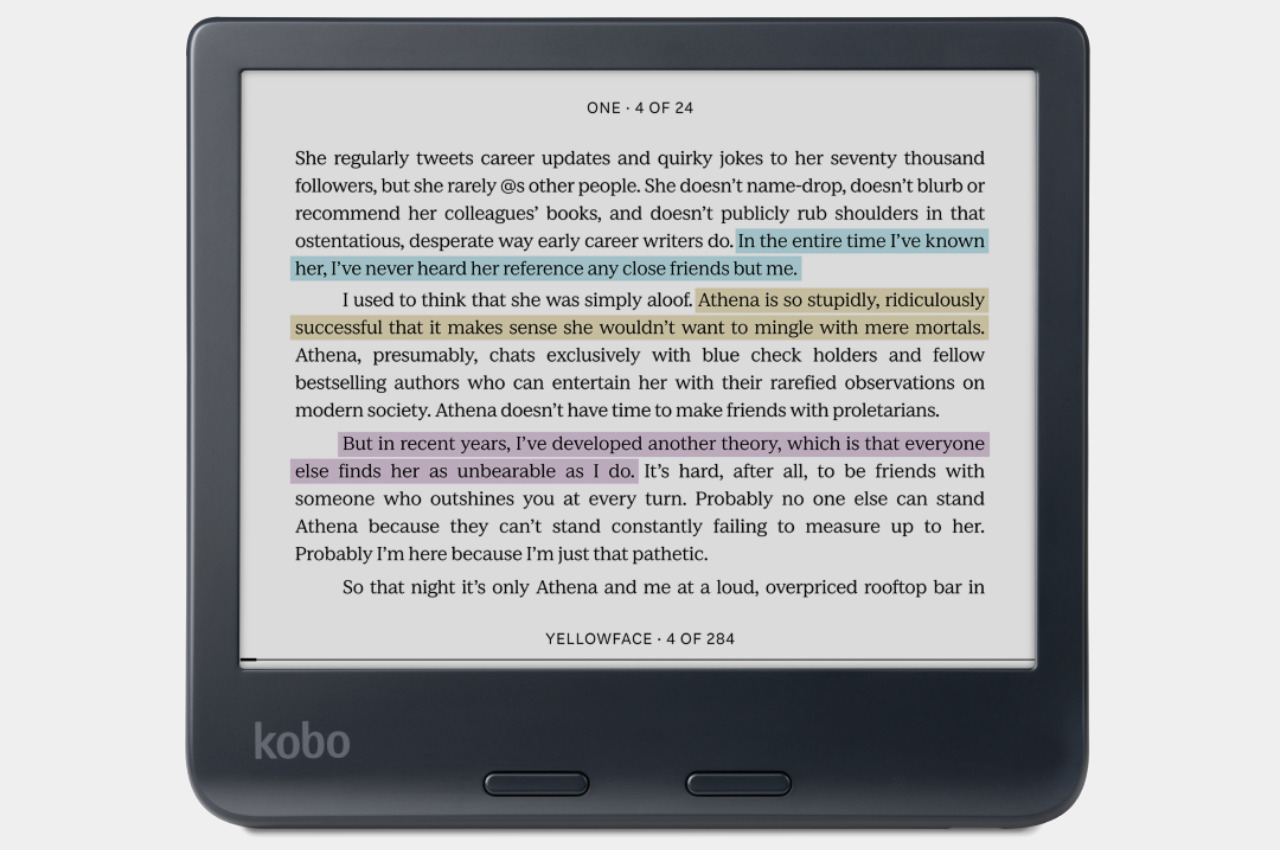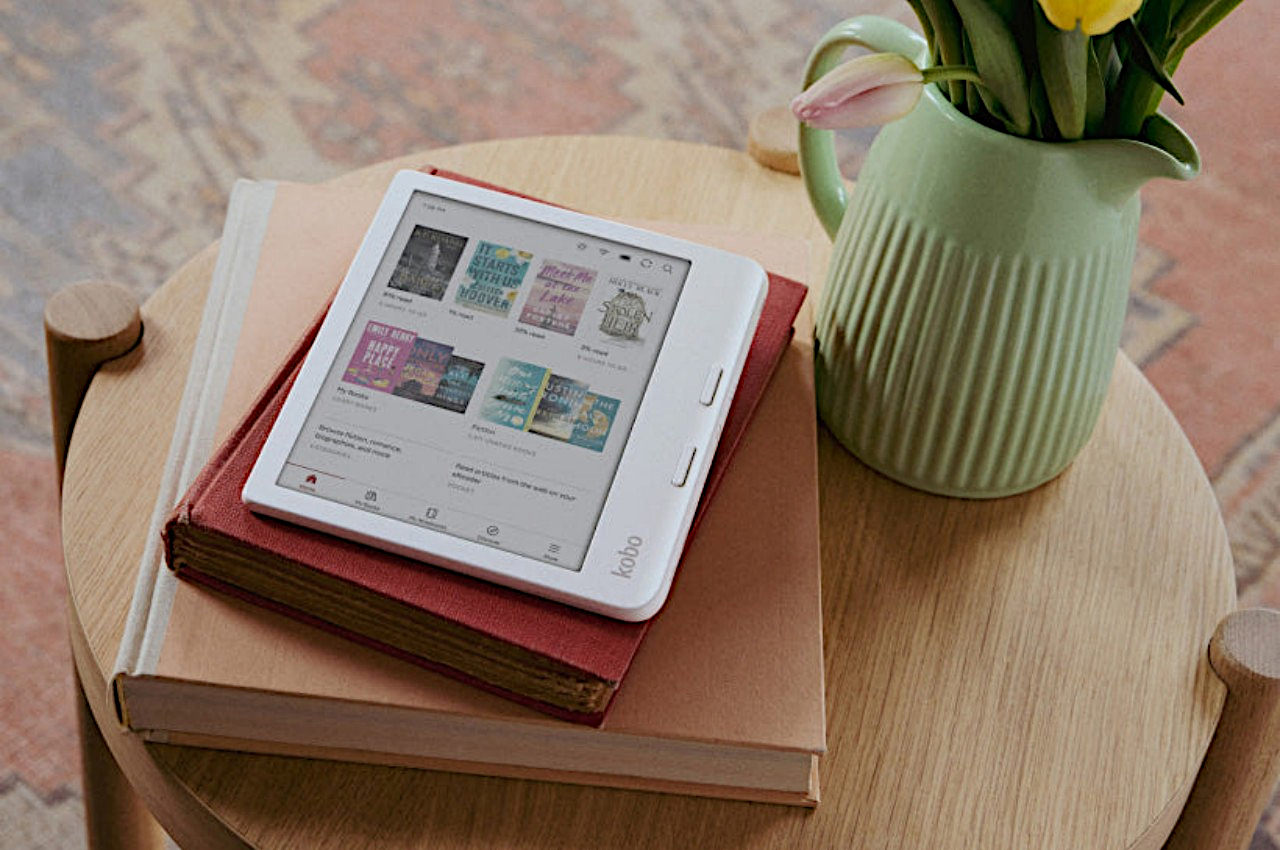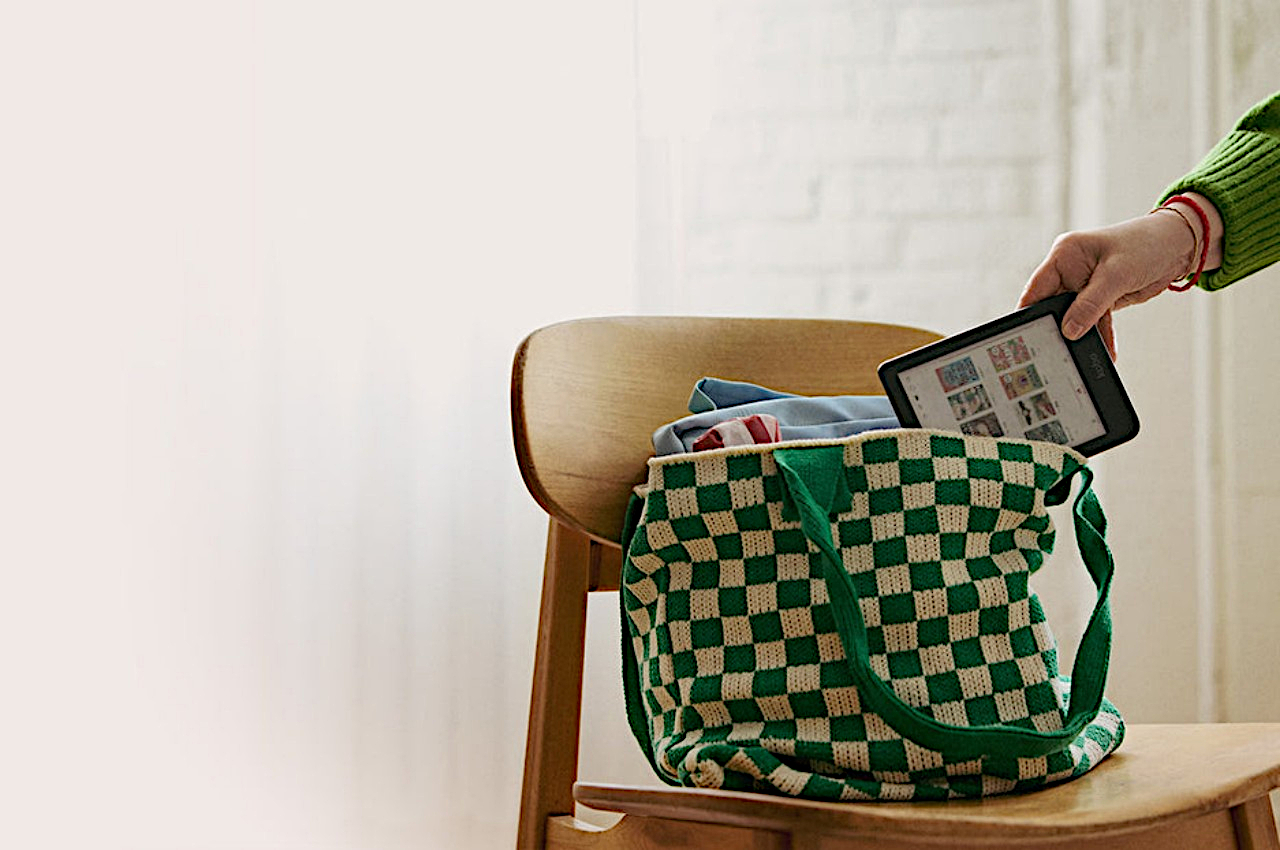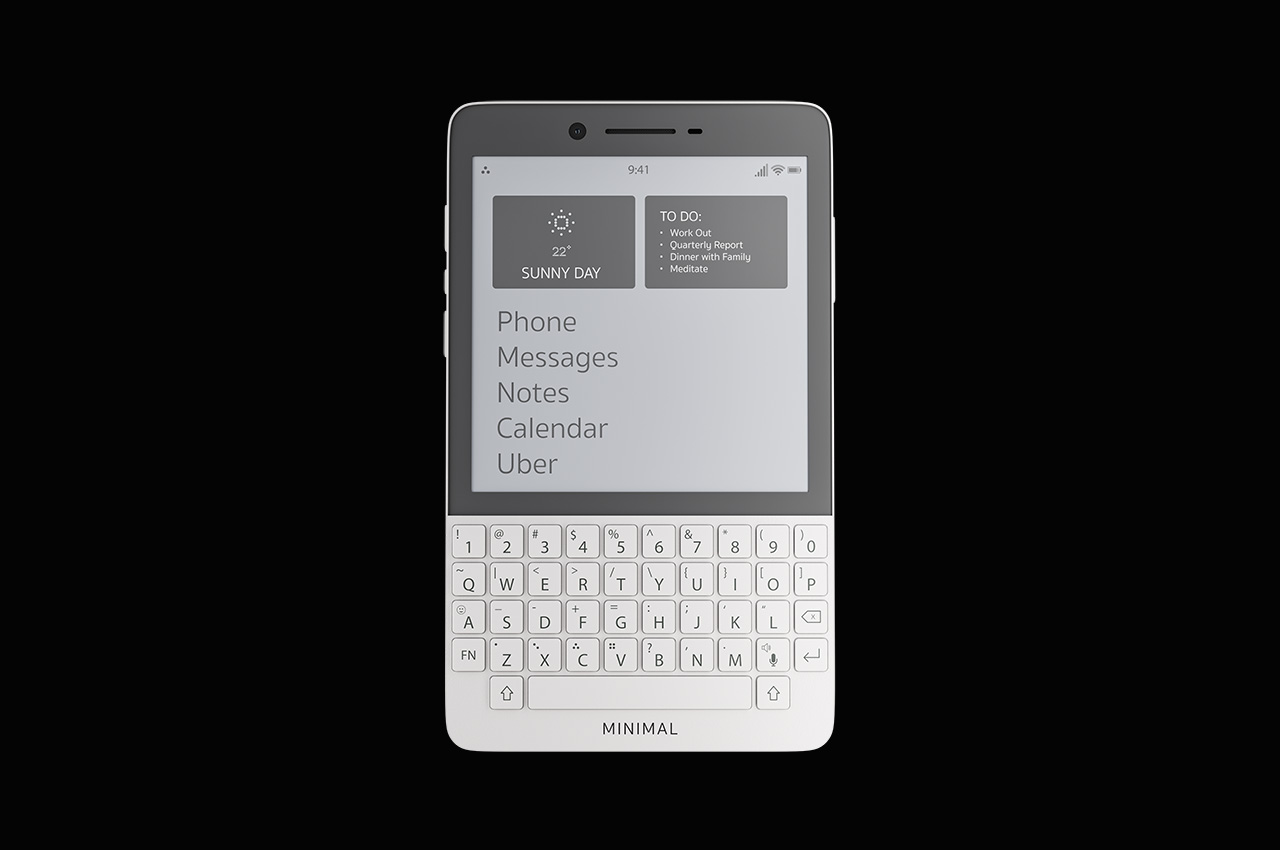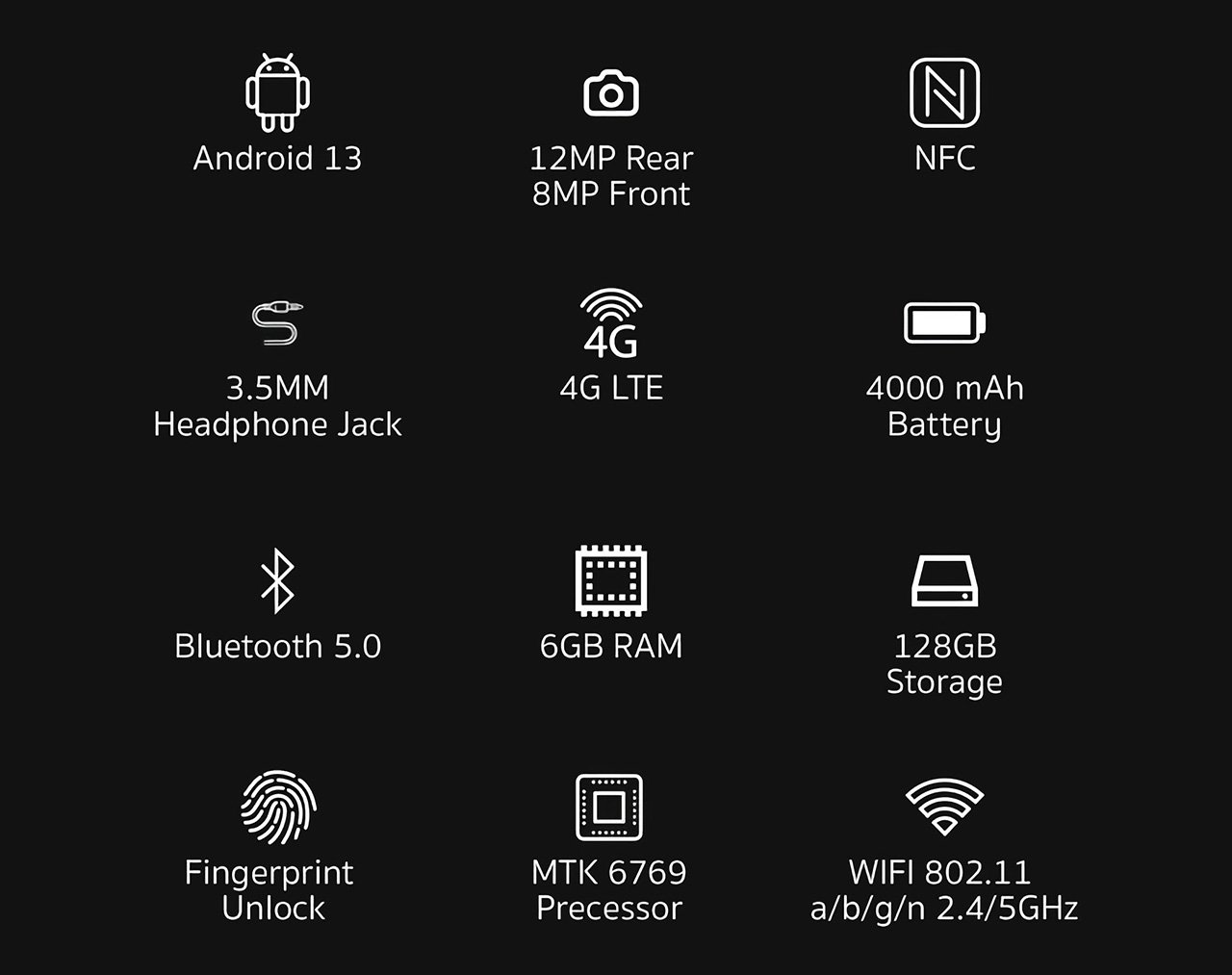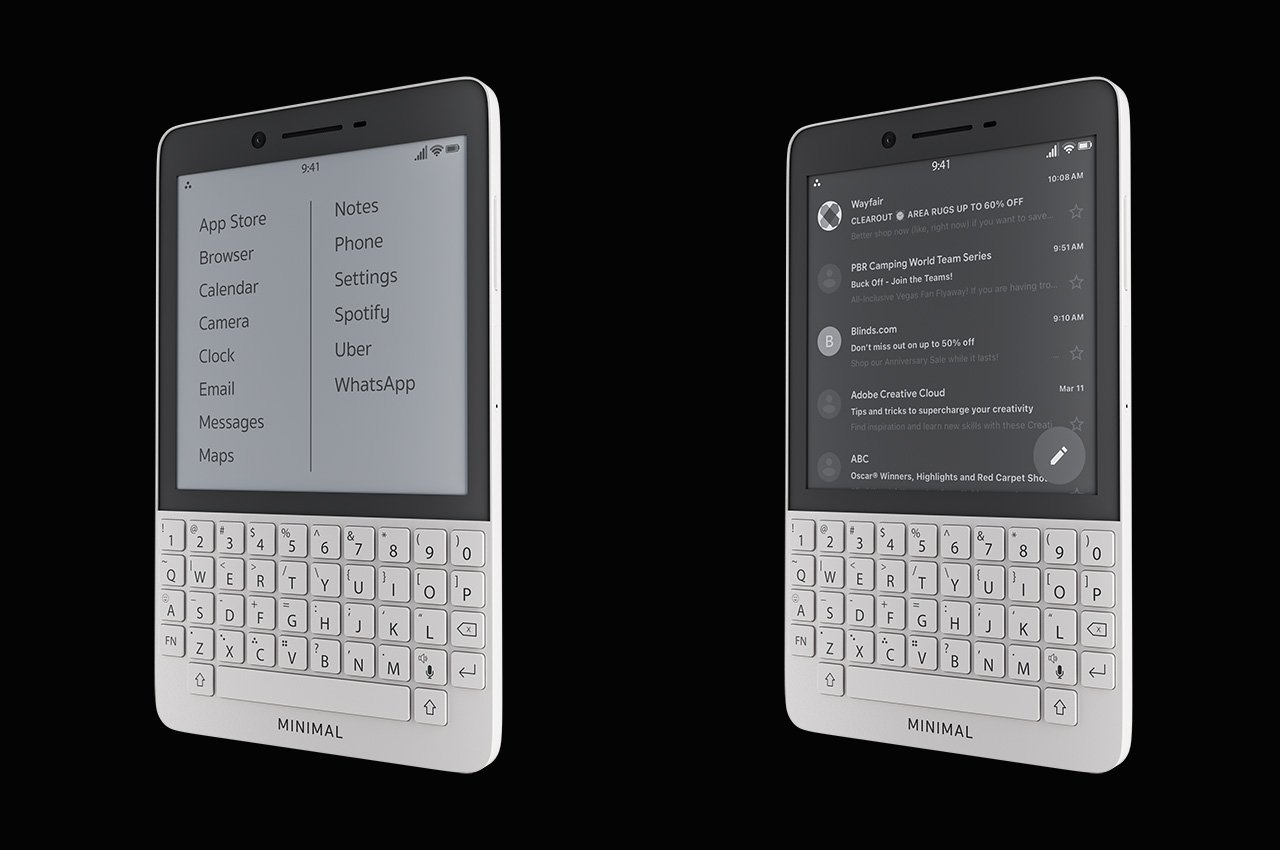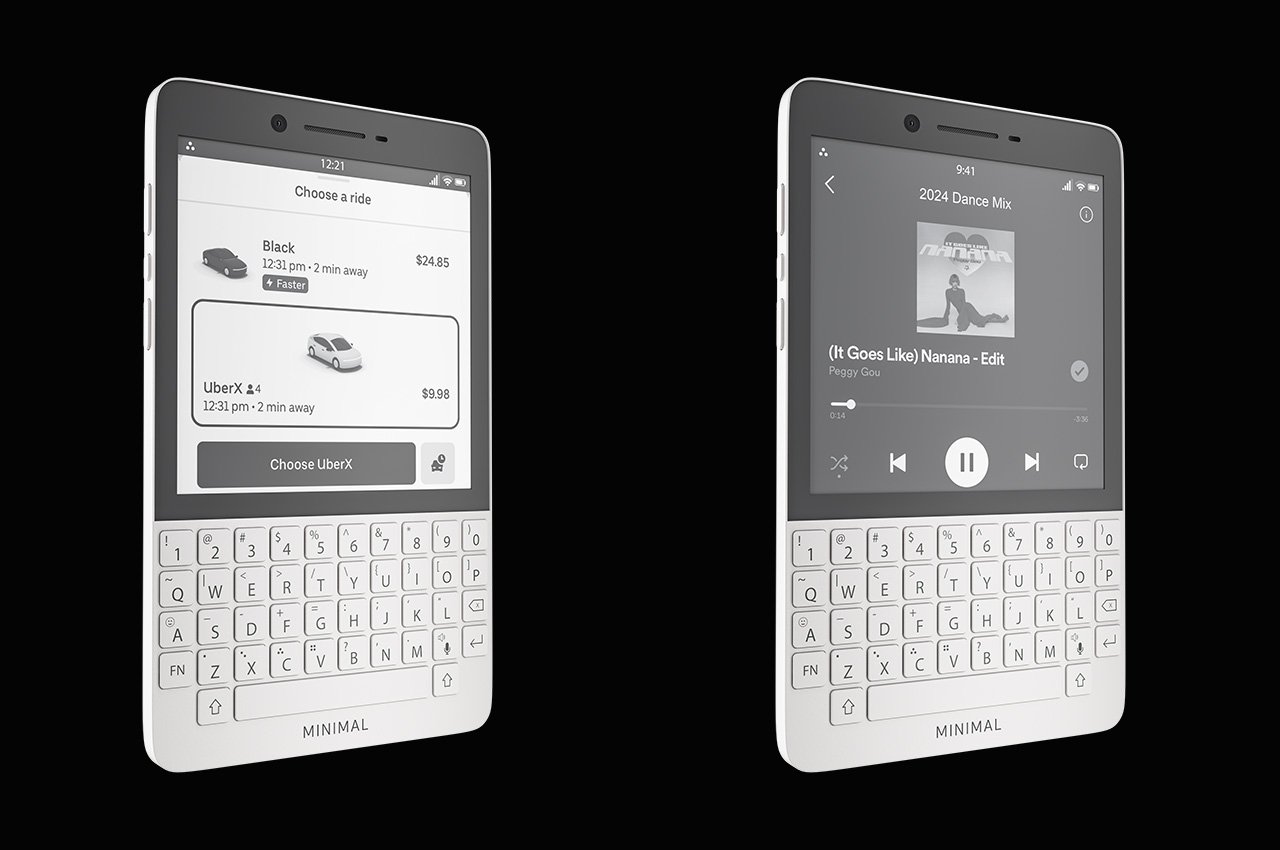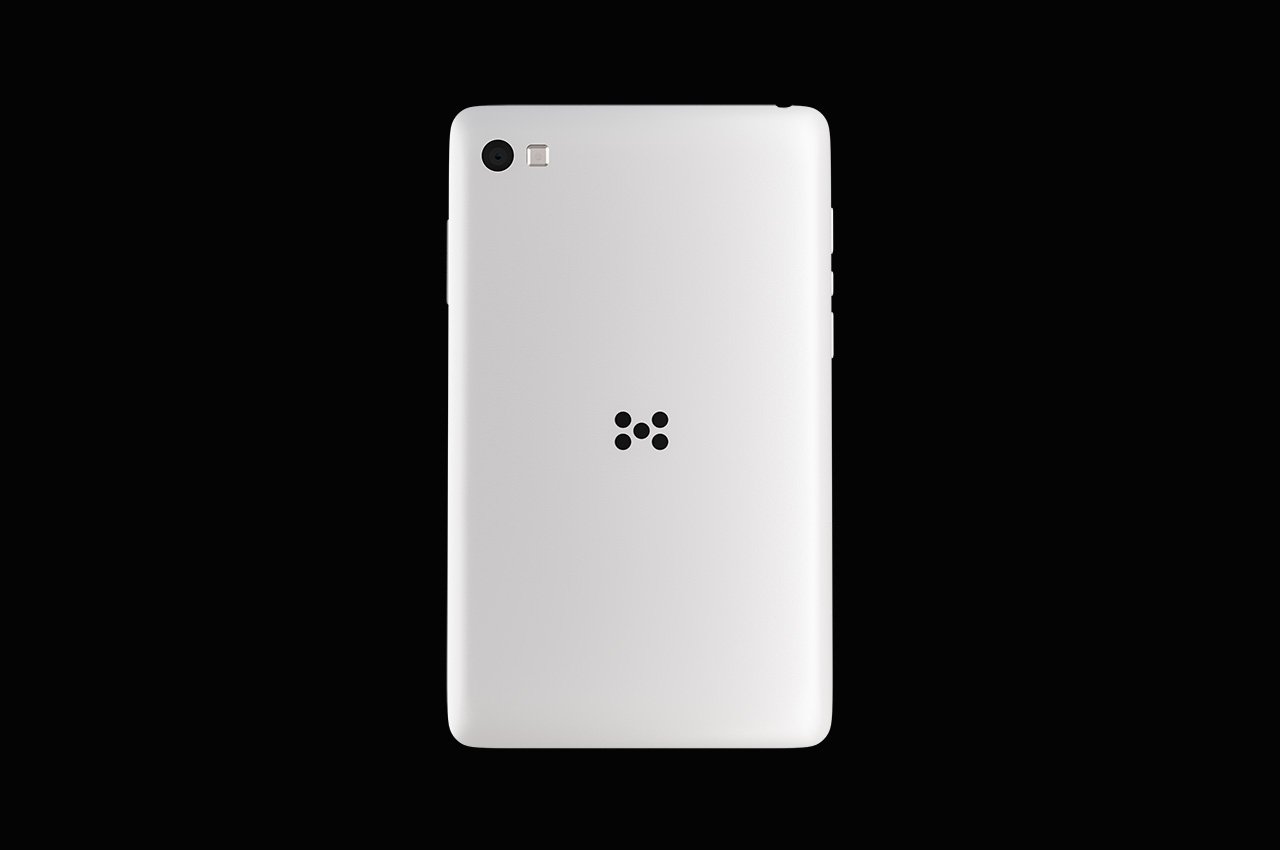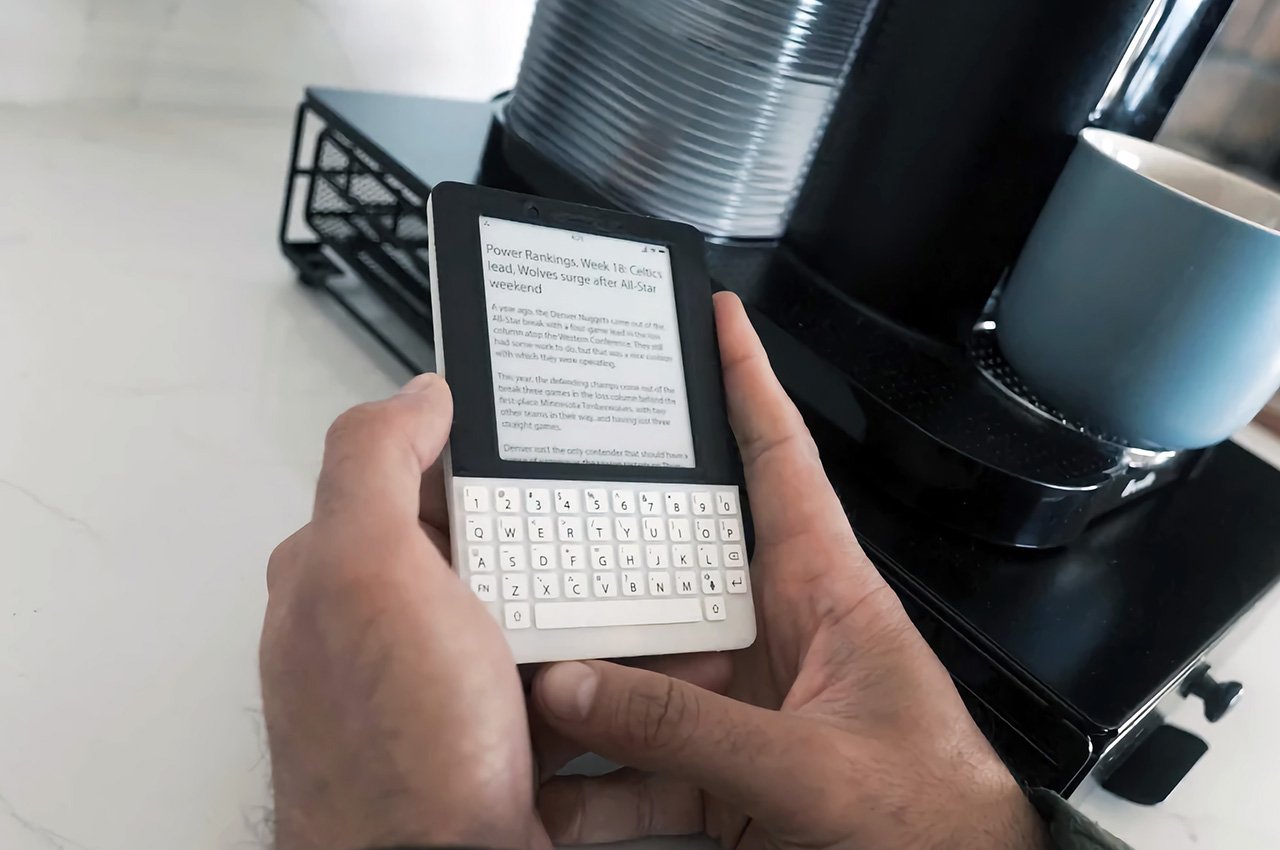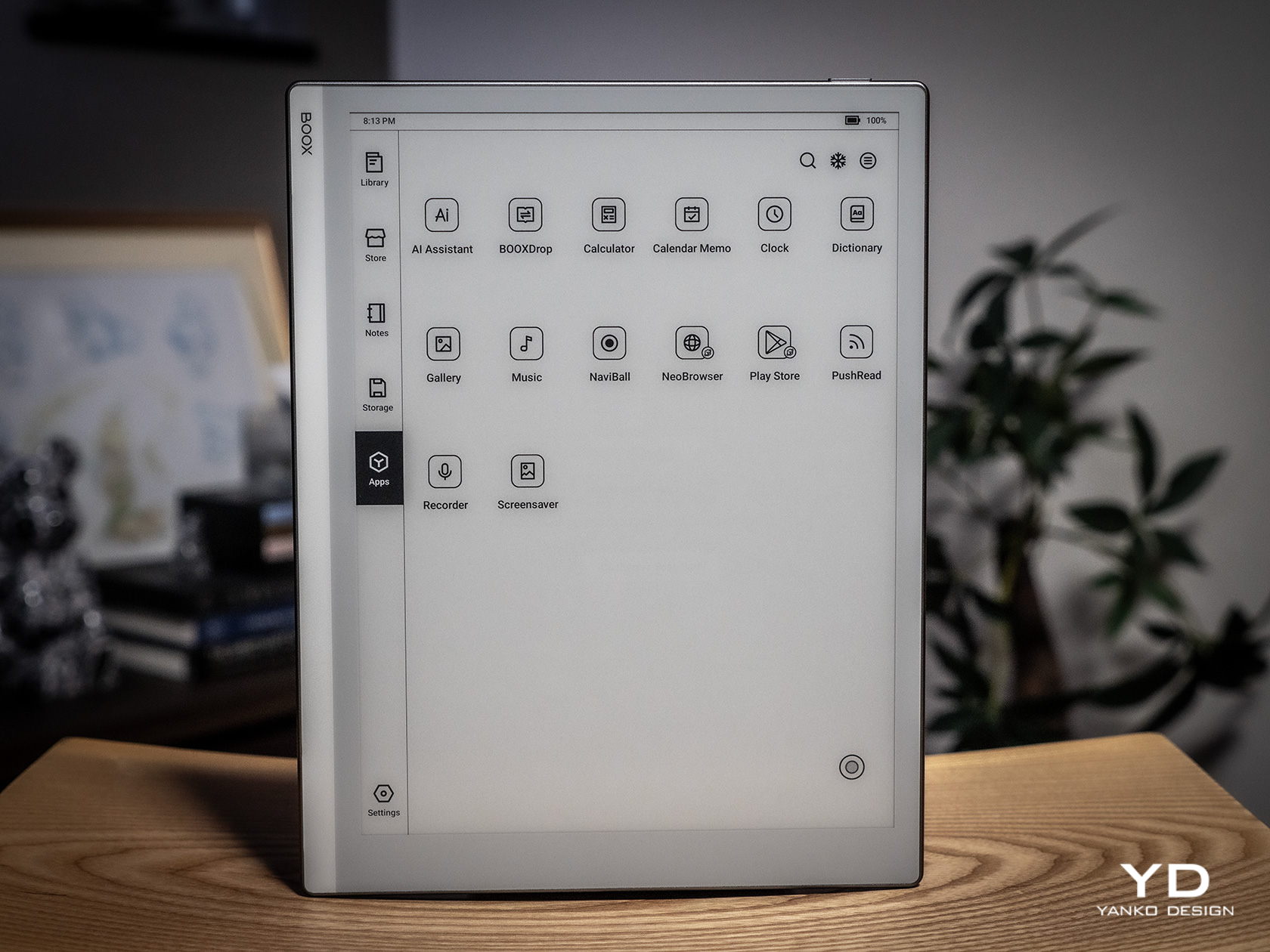
PROS:
- Incredibly slim and lightweight design
- Pleasurable reading and note-taking experience
- Google Play Store support
- More accessible price tag
CONS:
- No front lights for reading in the dark
- No microSD card slot
- Included pen has no eraser function
E-book Readers or E-readers have come a long way since the earliest days of the Amazon Kindle, and much of the innovation in that space can perhaps be credited to companies like Onyx BOOX. The brand has been aggressive in pushing new technologies and designs, from E-readers that are actually Android tablets in disguise to bringing a pinch of color to this predominantly monochrome world. In fact, it might have gotten too aggressive with almost a dozen models under its belt. The competition is tough, of course, but it’s also easy to lose sight of the gold in the heat of the race. It seems that BOOX took a step back to take stock of where it is now and out of that introspection came out what is probably the thinnest E-reader or even tablet in the market. But what sacrifices did the Onyx BOOX Go 10.3 make to reach that achievement? We give it a spin to give you that answer.
Designer: BOOX
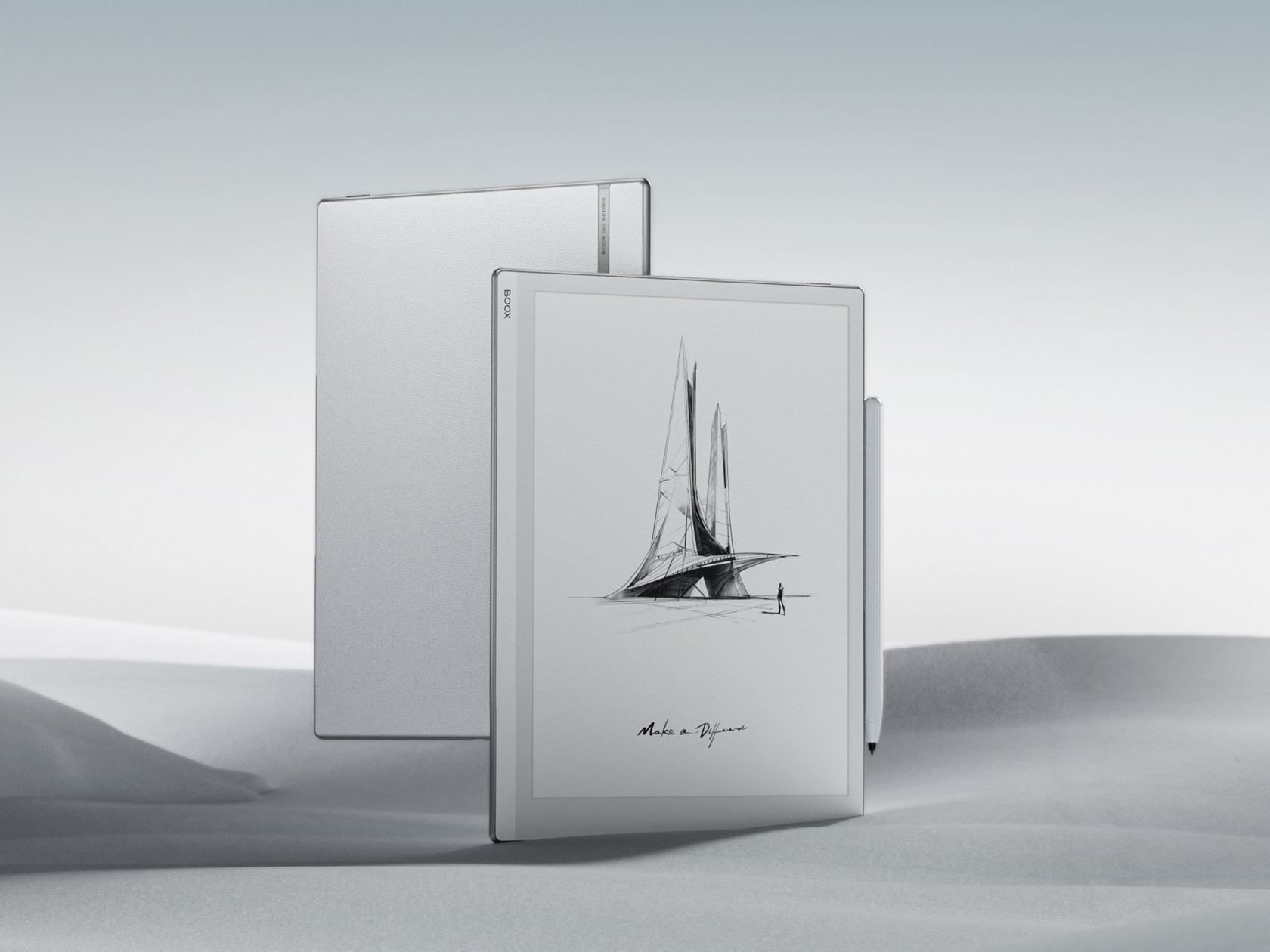
Aesthetics
The first thing you’ll notice about the BOOX Go 10.3 will naturally be its thickness or rather its lack of it. At only 4.5mm, it is undeniably the thinnest E Ink device in the market, at least in the 10-inch or larger category. It’s probably not a coincidence that Onyx launched this reading and note-taking wonder a little after the launch of the thinnest iPads ever, so drawing parallels isn’t exactly that difficult. For a device category that was once characterized by bulky chassis and cheap plastic, such a slim and sleek entry is a breath of fresh air.
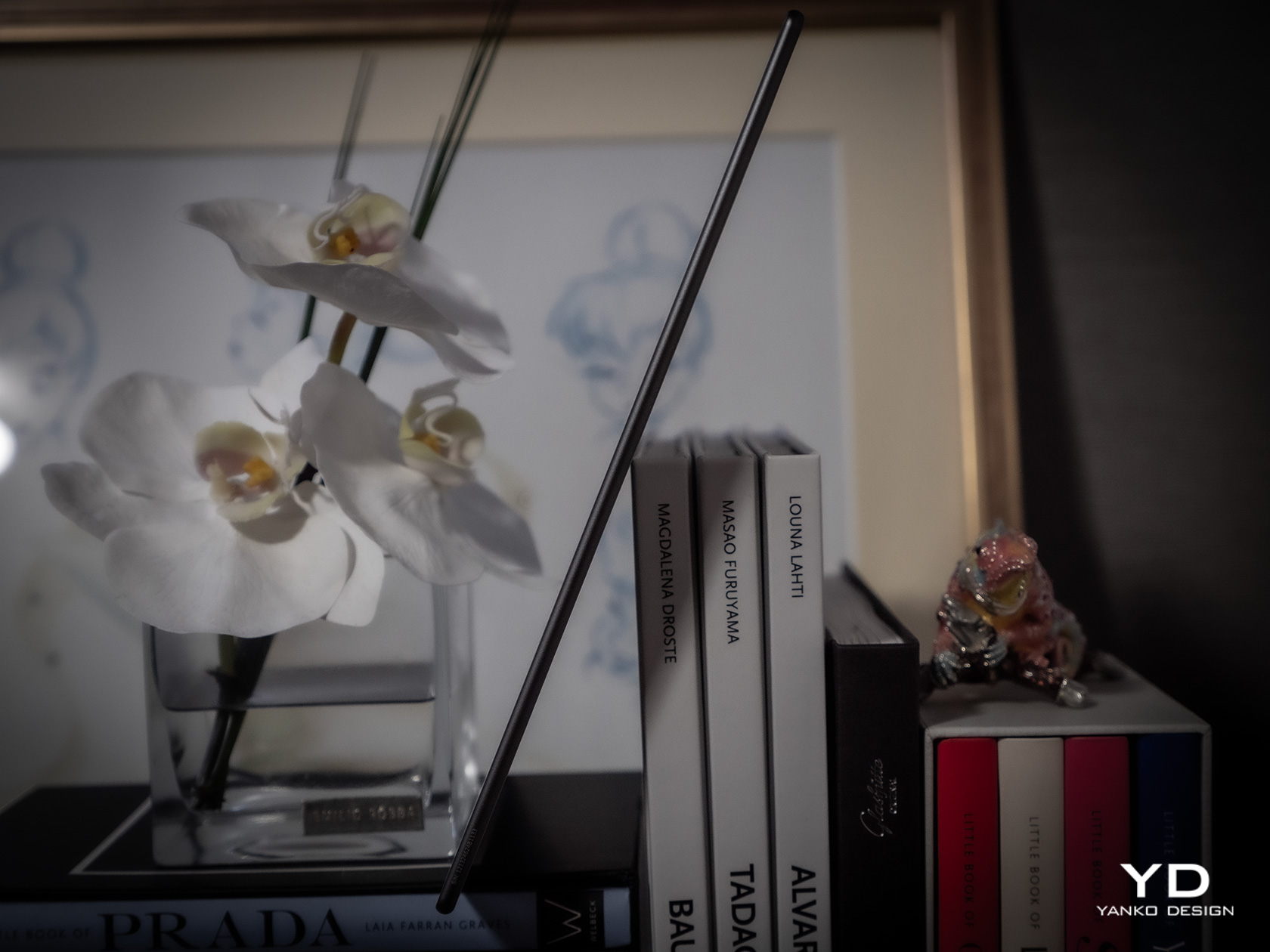
The BOOX Go 10.3’s beauty goes beyond its remarkable (no pun intended) profile, however. It carries a minimalist and clean aesthetic that makes sure your focus is on the page and not on any extraneous decoration around it. The 10.3-inch screen is surrounded by an admittedly thick bezel, but its light gray tone makes it look less offensive as it almost blends with the white theme of the UI. The left side of the device has a white border, mimicking the margin of a notebook or the spine of a book, and is one of only two places you will see the BOOX branding.
Flip the device over and you will see a design that BOOX has never tried before. Instead of a matte metal or plastic surface, you get something akin to fabric or faux leather, definitely a much-welcome stylish detail. The metal-like strip that runs down the side, however, is an accent that will probably prove to be a bit controversial. It’s not that bad a design, just a little distracting both for the eyes as well as the fingers that will be touching that part.
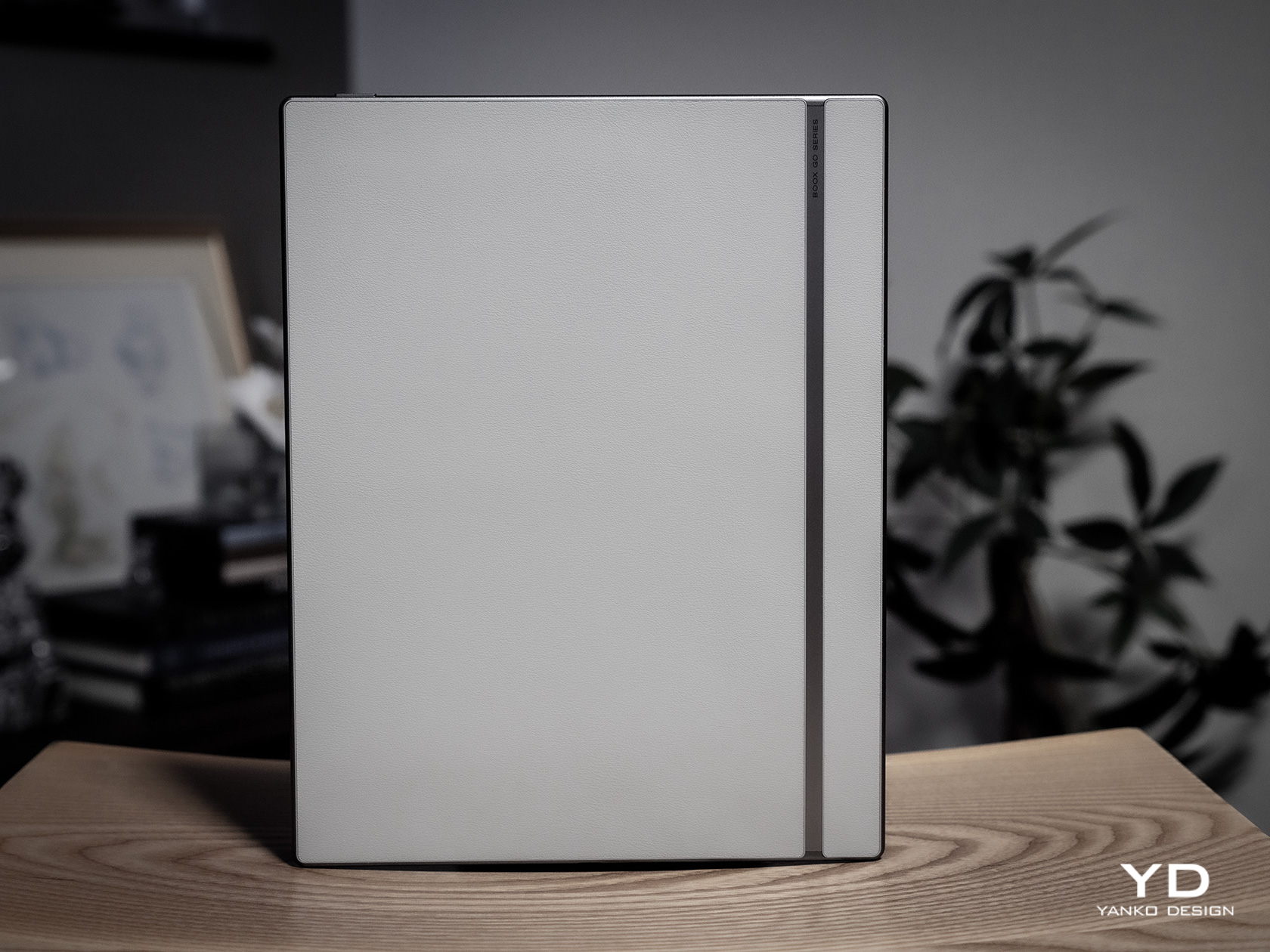
All in all, there’s a very good reason for all the buzz surrounding the BOOX Go 10.3. Its mind-blowing thinness is definitely one, but its simple yet beautiful design also elevates its character even among its other BOOX siblings. And it’s definitely not just for show, because that slimness does have other usability implications as well.
Ergonomics
The Onyx BOOX Go 10.3 isn’t just incredibly thin, it’s also extra light as well at only 365g (0.8 lbs). OK, that’s not exactly the lightest figure, but it is when you put it side-by-side with other 10-inch E-readers, let alone 10-inch tablets. That’s already enough for bragging rights, but it also has an important consequence: it’s comfortable to hold up for long periods of time.
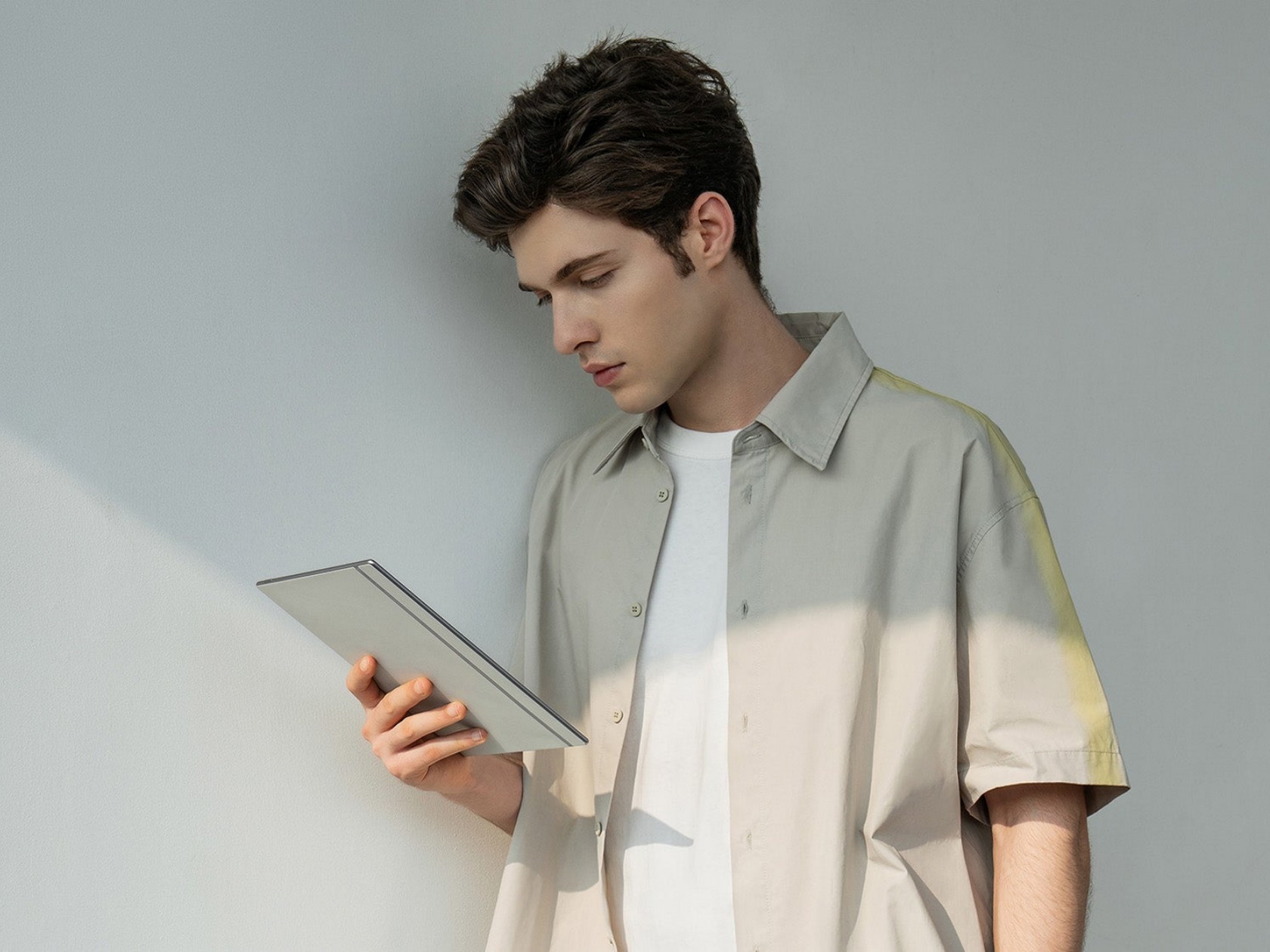
Unlike desktops and laptops and even some tablets, you often hold E-readers while using them, whether you’re sitting back or lying down in bed. With a typical 10-inch screen, your hand and your arm are bound to tire out quickly, but not so with such a lightweight device. It also helps that the BOOX Go 10.3’s textured back helps improve the grip so you can hold it with confidence for longer periods of time. Of course, smaller and lighter BOOX readers do exist, but you’ll miss out on some features like an expansive screen or note-taking.
It bears noting here that the stylus that comes with the device is also designed for better ergonomics. This special version of the Onyx BOOX Pen2 Plus has vertical ridges on its barrel for a better hold, but even the “vanilla” design of the stylus has a faceted design that makes it easier to grip like a traditional wooden pencil. Considering writing down notes or even sketching is the secondary purpose of this slate, any improvement in the pen’s ergonomics goes a long way in making that a more enjoyable experience.
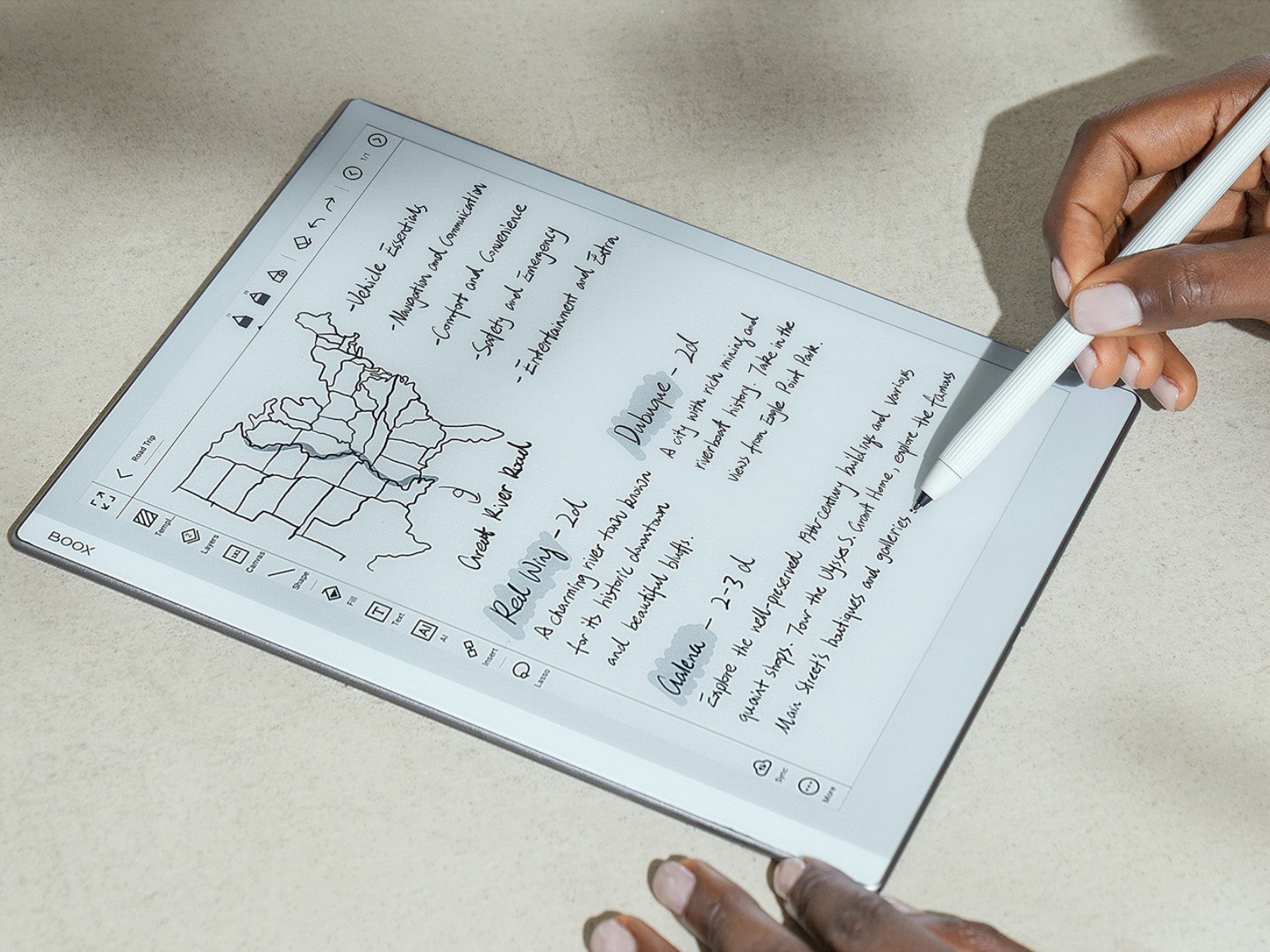
Performance
Given the thinness of the BOOX Go 10.3, you’ll be forgiven for wondering if there’s any catch to that impressive design. You’d be right, of course, since there’s only so much you can cram inside a very cramped space. Onyx naturally had to drop a few things from its usual repertoire, but it didn’t do so willy-nilly. It made a conscientious effort to only cut off features that won’t be essential to reading and writing enjoyment, except for one rather controversial thing.
There is no front light, or what other brands would call a glowlight, which sounds like a rather critical flaw at first brush. It means you won’t be able to read in the dark without some external light, but even some low-light situations can prove to be challenging given the nature of E Ink screens. That said, the removal of built-in lighting does also have some advantages, and not just for the sake of making the tablet super-thin.
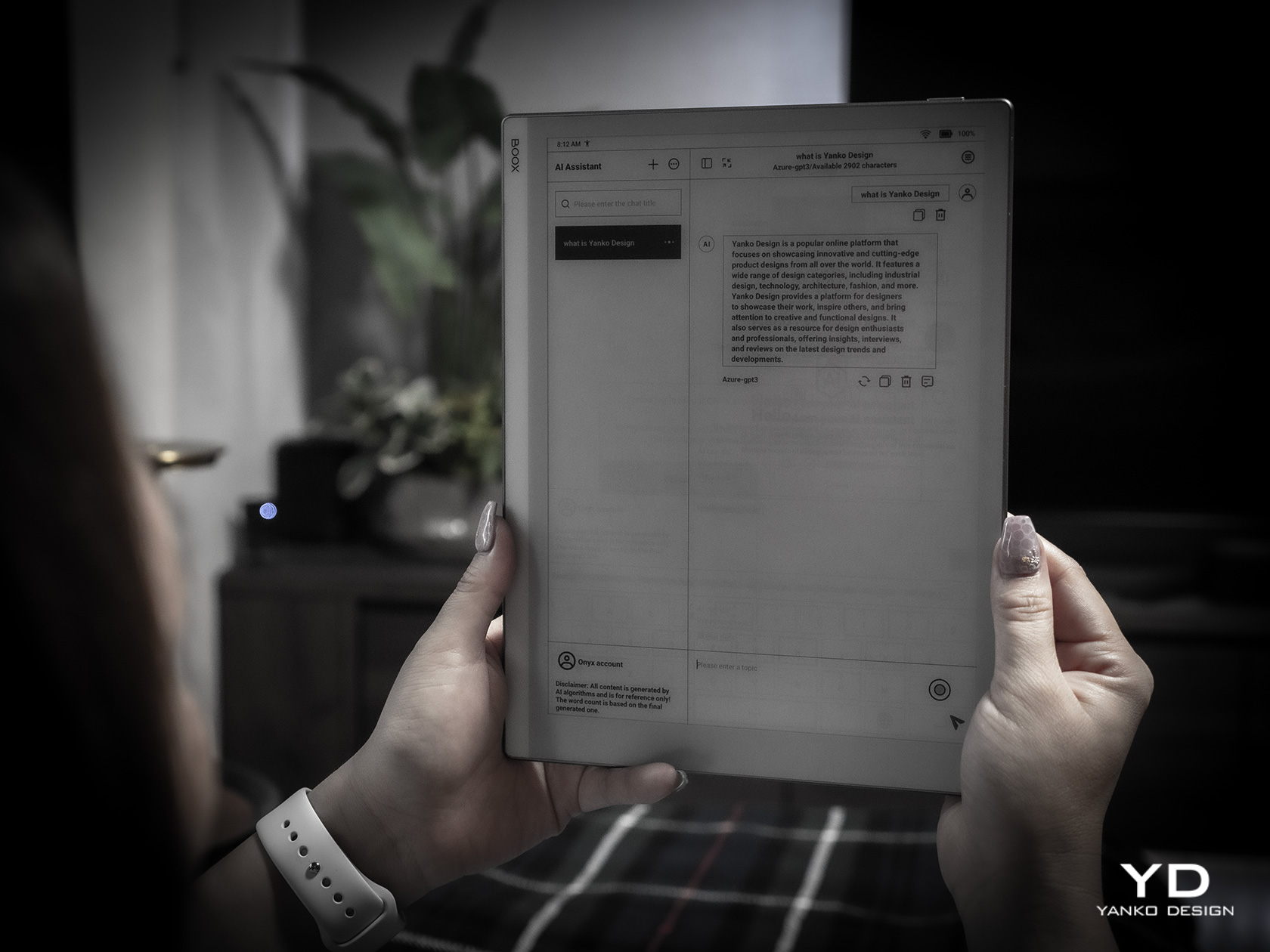
Having no front light means there is one less layer in between the E Ink panel and the protective glass, so there is barely any gap that could diffuse and blur the content being shown. In other words, text on the BOOX Go 10.3 looks extra sharp and crisp, which means they’re also easier on the eyes. The same principle holds for the lack of color support since the device uses the E Ink Carta Plus rather than the now-popular Kaleido 3, which removes yet another layer of interference. Yes, you give up seeing a limited number of colors, but in exchange, you get one of the best reading experiences in the market, at least with sufficient lighting.
This “gapless” display also has some bearing on the second thing that the BOOX Go 10.3 is great at: note-taking and even a bit of sketching. Thanks to a more direct interaction with the panel and Wacom digitizer, there is very little lag or parallax when writing on the screen. There’s still a bit, given the nature of E Ink displays, but it’s almost unnoticeable except to well-trained eyes. The texture of the screen, paired with the nib of the stylus, also produces this scratchy sound that makes it really feel like you’re writing on paper. If you’re the type who loves to write by hand, you’ll definitely love the device’s writing experience, along with some of the apps and features that support it. In fact, Onyx itself calls the BOOX Go 10.3 an “E-paper Notepad” to emphasize this use case and, in a way, temper the expectations of reading aficionados.
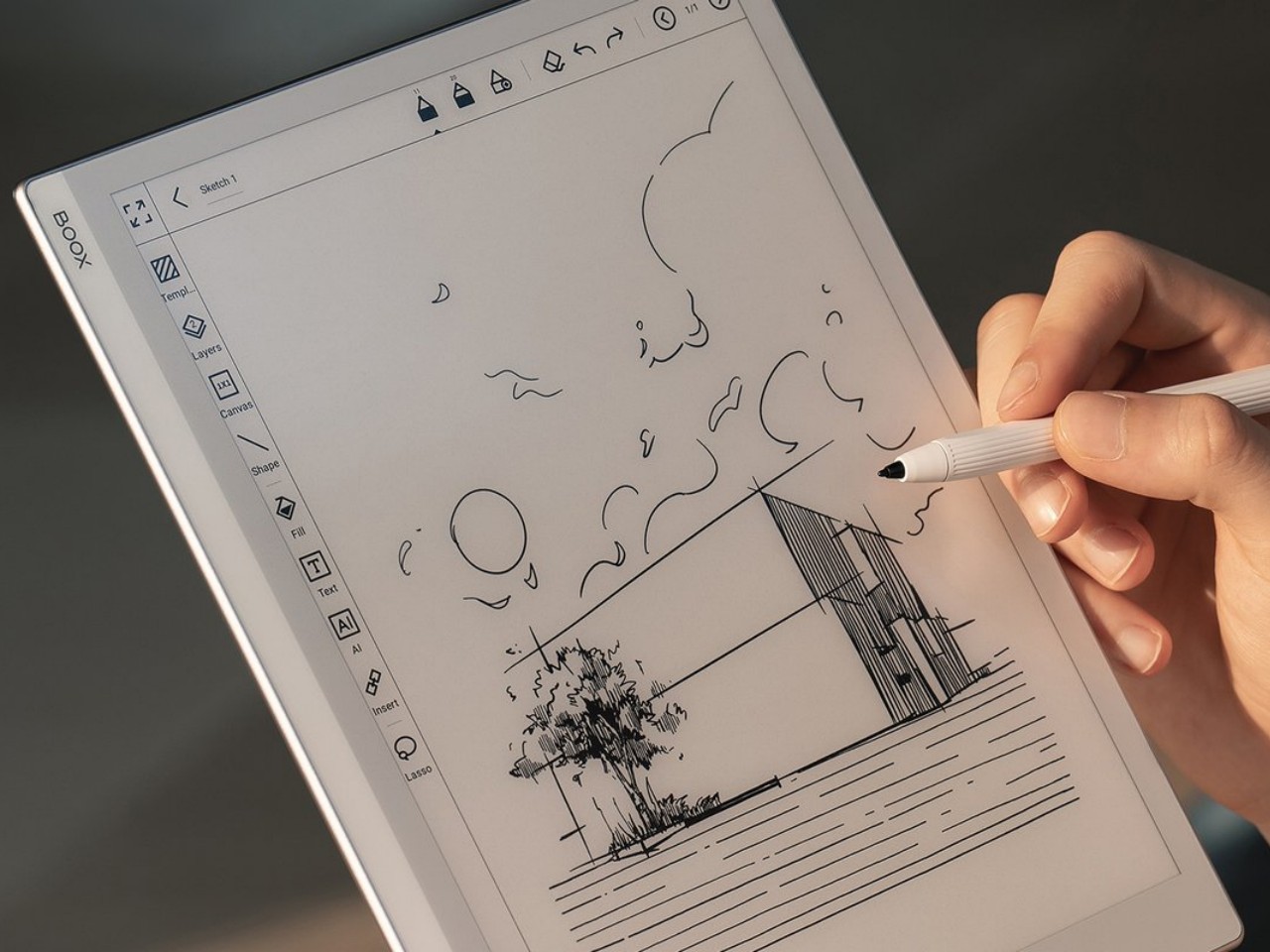
With how thin the device is, it’s probably more impressive how much BOOX was able to cram inside than how much it left out. It’s still a true Android device, running on an 8-core processor with 4GB of RAM and 64GB of internal storage. It even has some decent-sounding speakers and a mic, though you’ll probably find few uses for those outside of recording and playing back lectures and talks. There’s a large 3,700mAh battery that’s going to last you days if not weeks, considering there will be no lights or colors to drain it quickly. Unfortunately, it does leave out the microSD card slot, so you’ll have to be smarter about the apps you install or the books you save on the device.
The BOOX Go 10.3 is clearly not your average E-reader, not just from its looks but also from the way it works. With a 300ppi pixel density, it has one of the sharpest E Ink displays in the market rivaled only by the 10-inch Amazon Kindle Scribe. The lack of front light and color is responsible for that feat, but it will also be a deal-breaker for many E-reader fans. Suffice it to say, it won’t be for everyone.
Sustainability
As mentioned earlier, Onyx has been making a rather aggressive push in the E-reader market, bringing out new products regularly. For better or worse, that also means it is also contributing to the growing volume of material waste from production as well as carbon emissions. Thankfully, it designs its devices for longevity, and some even use more sustainable materials like aluminum, but the overall situation isn’t looking too positive as far as eco-friendliness is concerned. As the company grows, we hope that it will also shift its focus on such issues to help make every device not only enjoyable but also a guilt-free purchase as well.
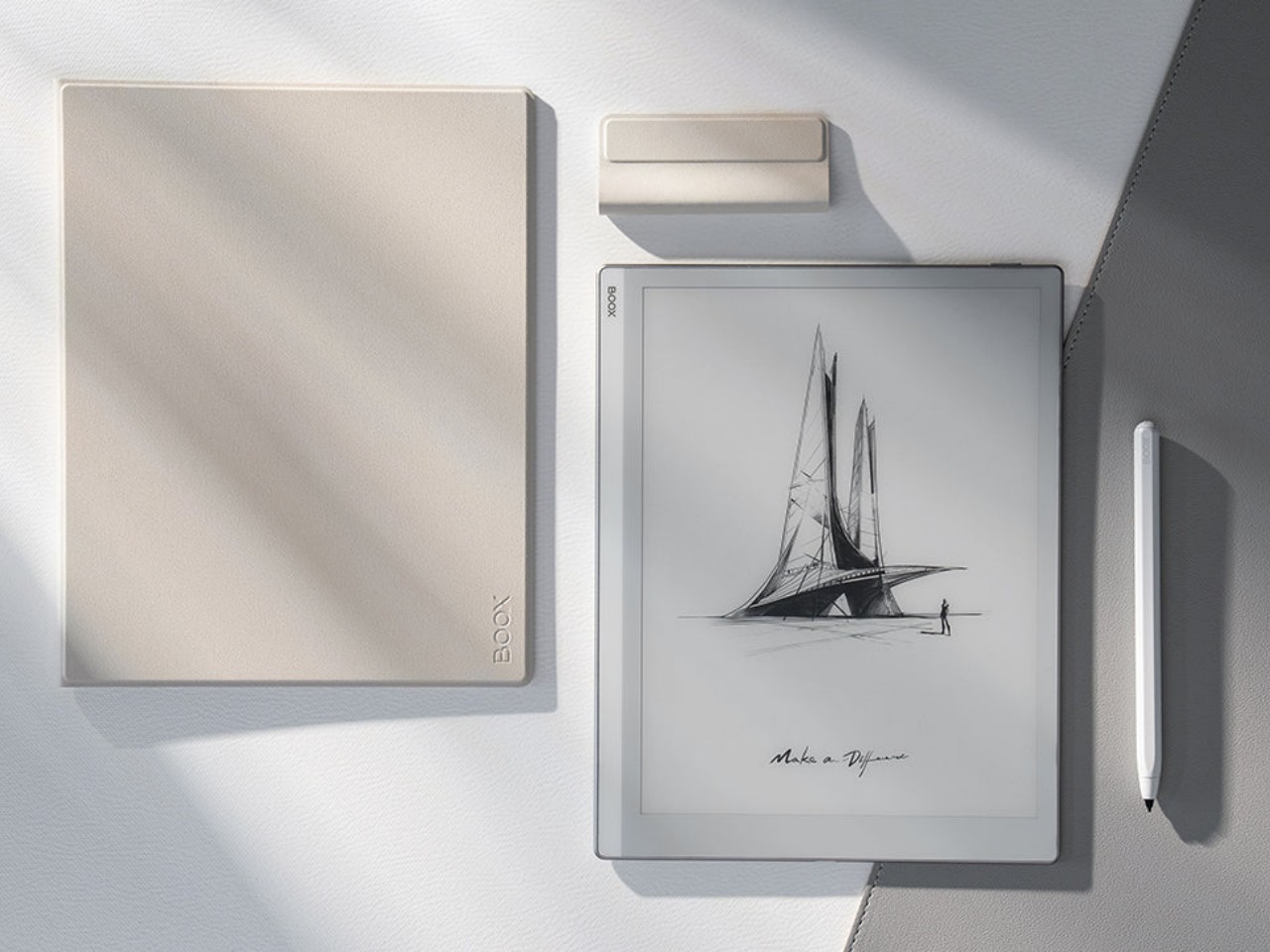
Value
The Onyx BOOX Go 10.3 definitely turned heads and raised eyebrows with its super slim design and, consequently, its lack of a front light. It’s definitely a unique design, even among other BOOX products, but it doesn’t exist in a vacuum either. Despite its distinctiveness, it actually aims for a rather specific market known to many E-reader fans, a market currently dominated by the Remarkable 2 and the Supernote A5 X. These 10-inch devices, while more than capable of displaying e-Books, are geared more as paper notebook replacements than plain E-readers.
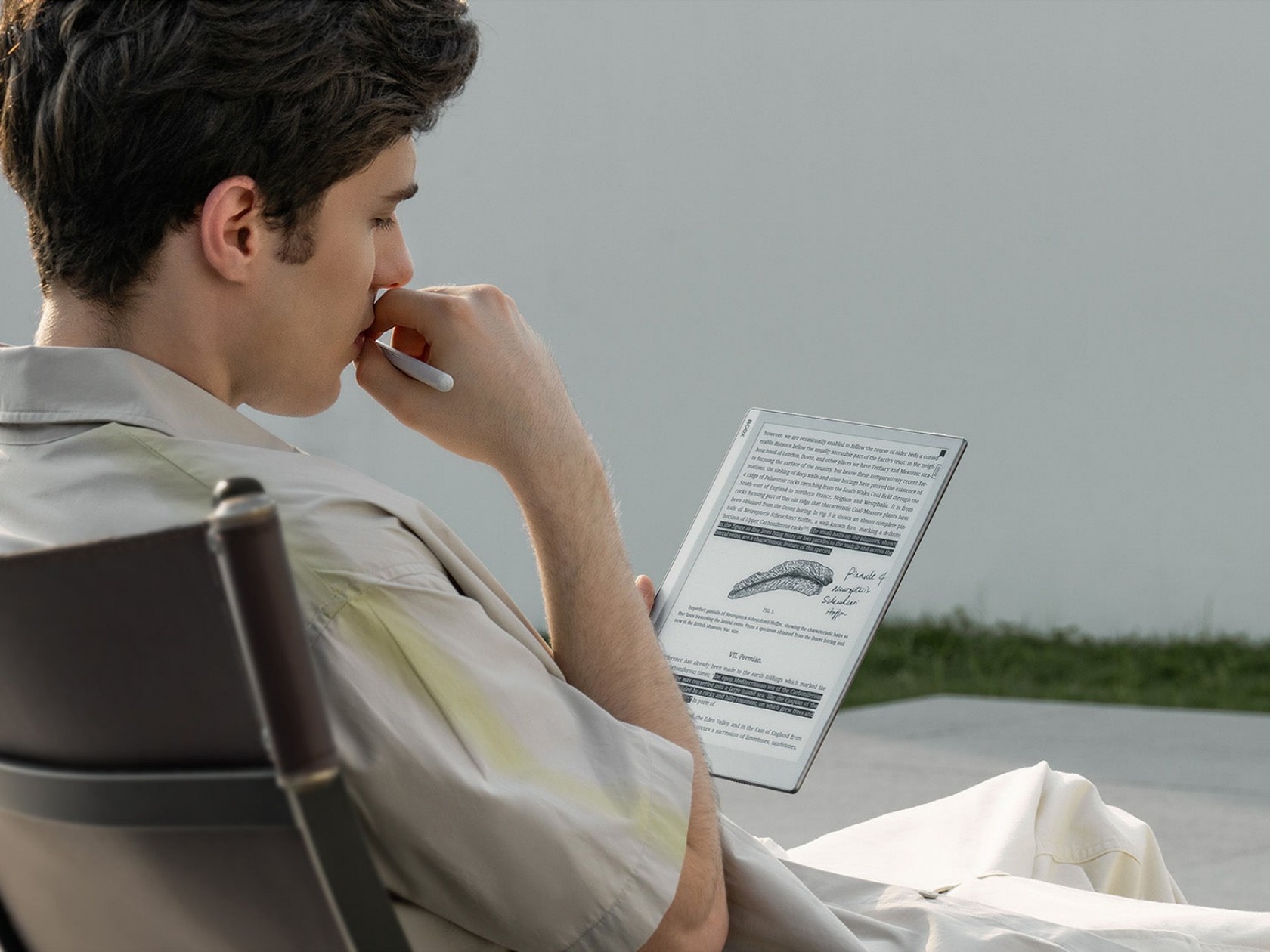
That’s pretty much the same proposition that the BOOX Go 10.3 is making but with a twist. It’s still a BOOX device, which means having most of the features that define the brand, including full Google Play support. This immediately takes it beyond just being an e-Paper Notepad slash E-reader into almost anything you want it to become, at least within the limits of an E Ink display that doesn’t have any lighting whatsoever. For avid note-takers who also happen to love reading plain-text books on large screens, that $379.99 price tag might not look so bad after all.
Verdict
Even with the prevalence of computers and smartphones, there is still a strong culture that extols the benefits of writing things down by hand. But while paper notebooks and layouts have gained a cult following, there are many who consider digital solutions to still be more efficient and, in the long run, less expensive. The Onyx BOOX Go 10.3 is designed for such people, trying to recreate the experience of writing on paper but with a stylus. And just like paper, it doesn’t have a light of its own, which may make it sound less convincing as an E-reader. It’s admittedly still a niche market, but for those squarely living in it, the BOOX Go 10.3 offers a striking and slim design focused just on the essentials, no more, no less.
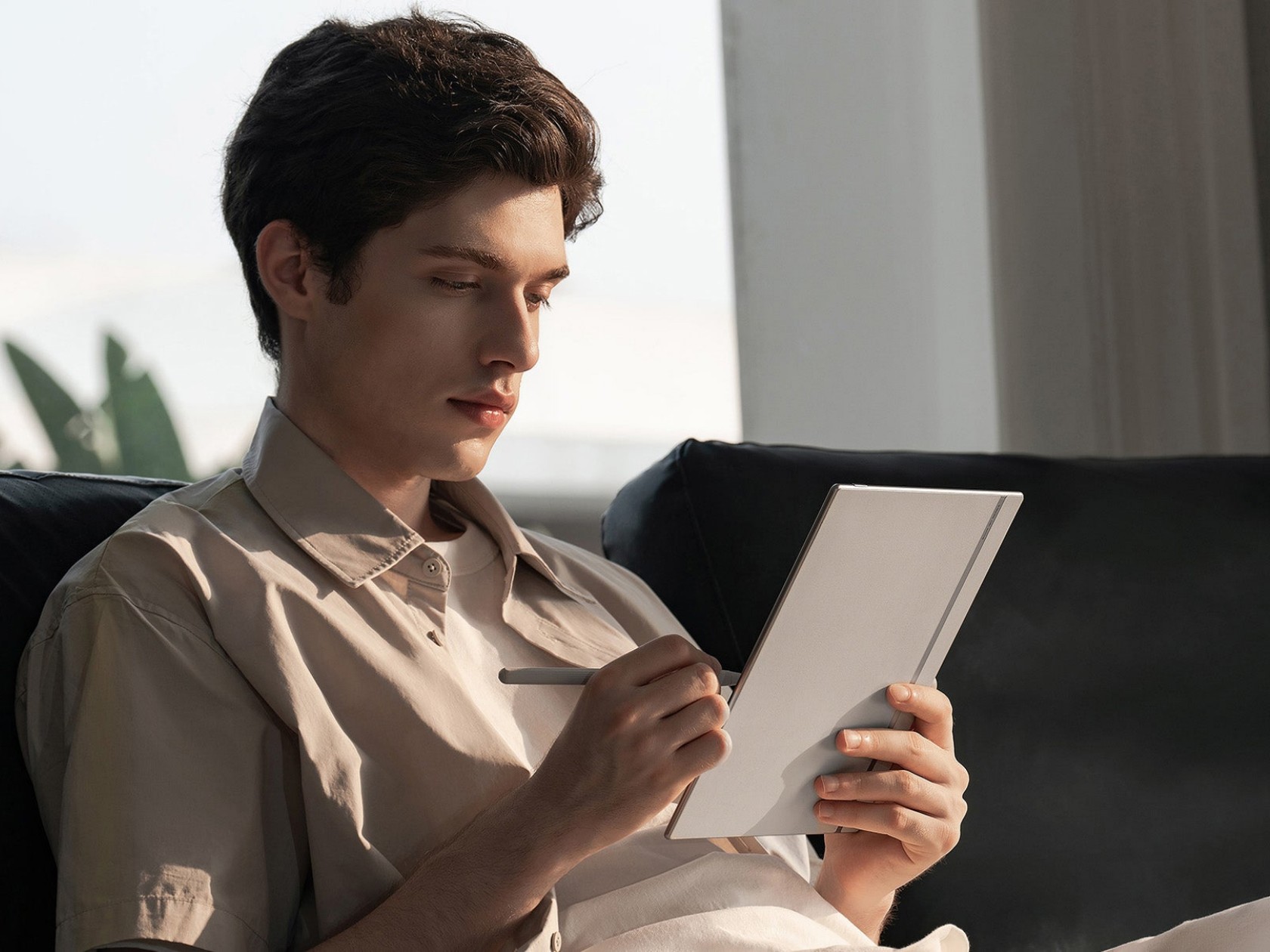
The post Onyx BOOX Go 10.3 E-reader Review: Hitting the Brakes to Go Back to the Roots first appeared on Yanko Design.

